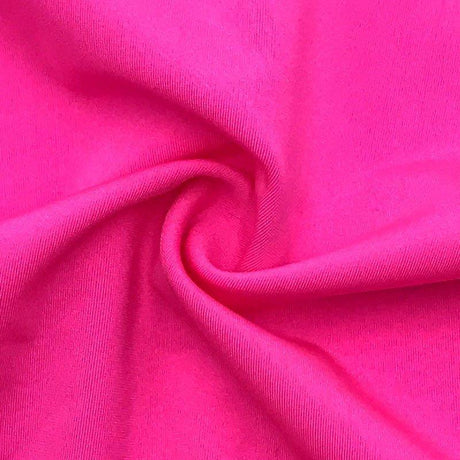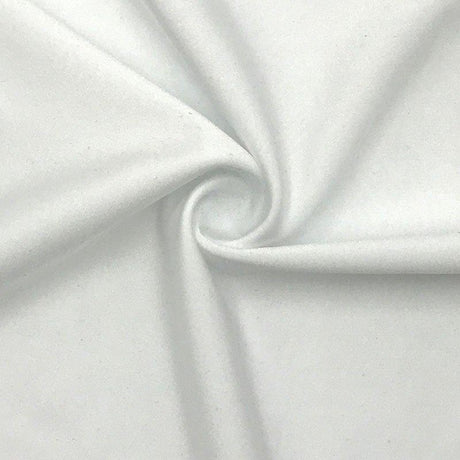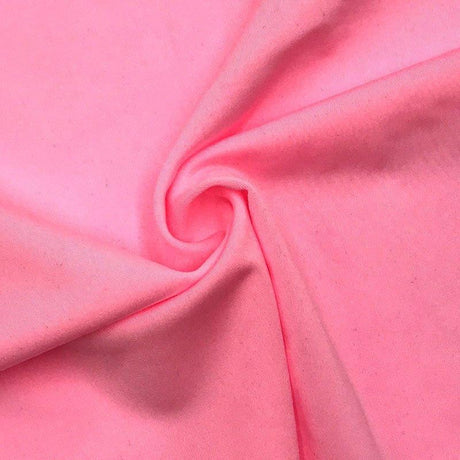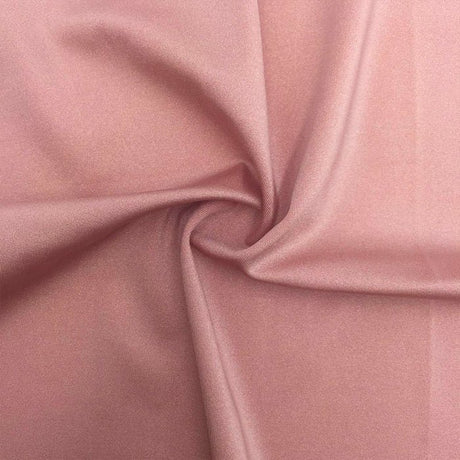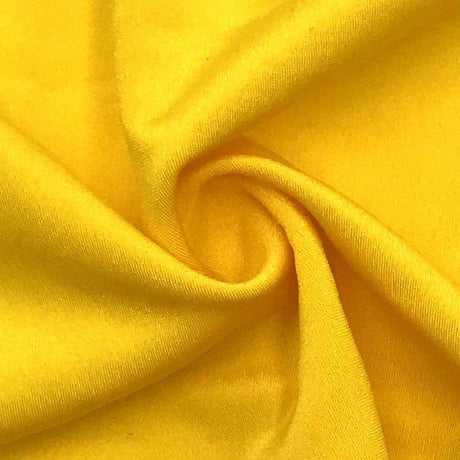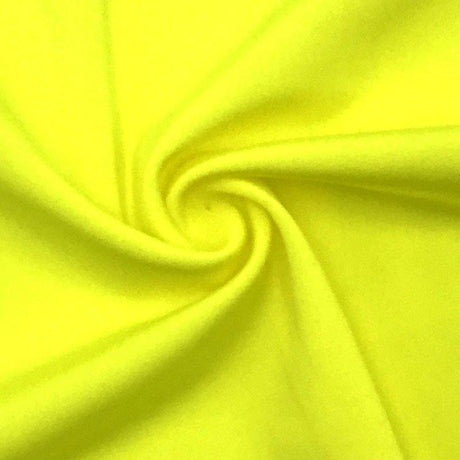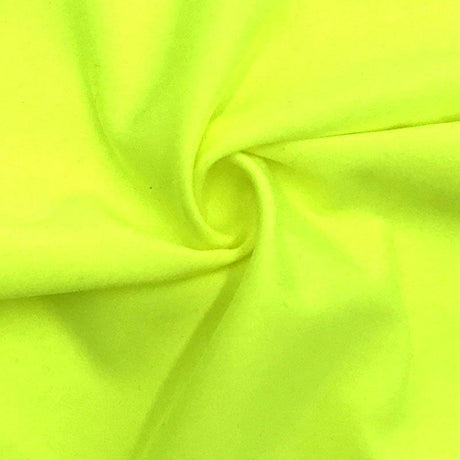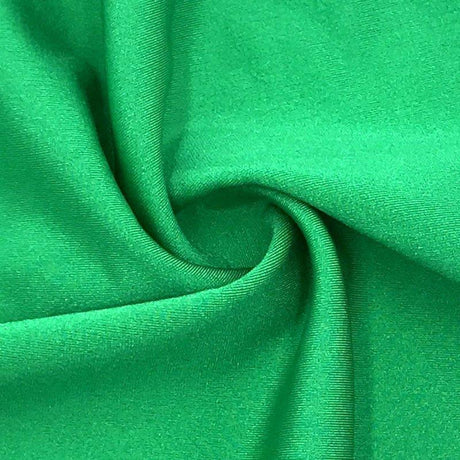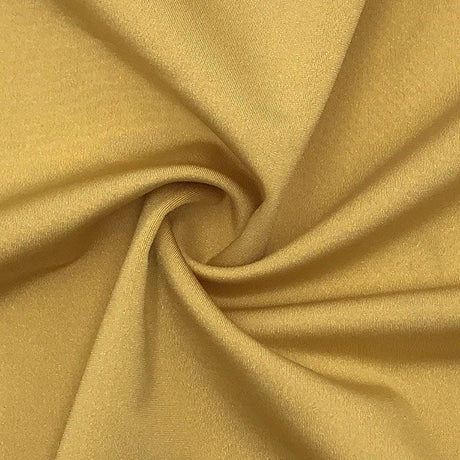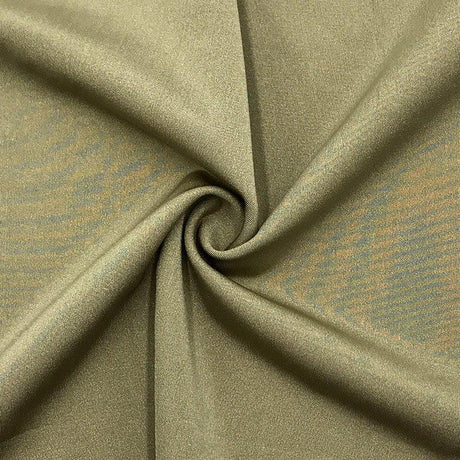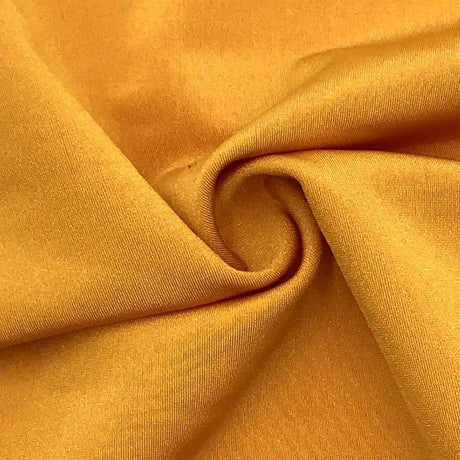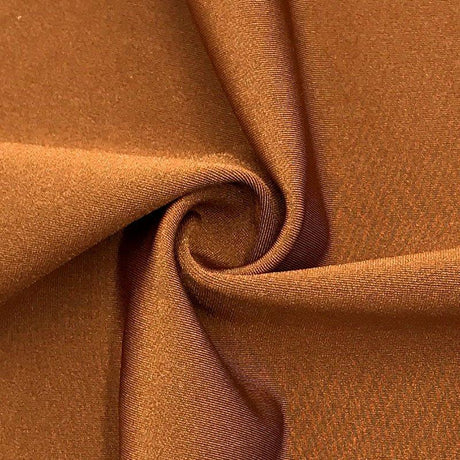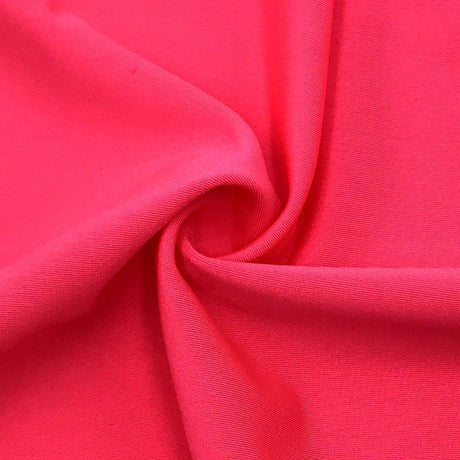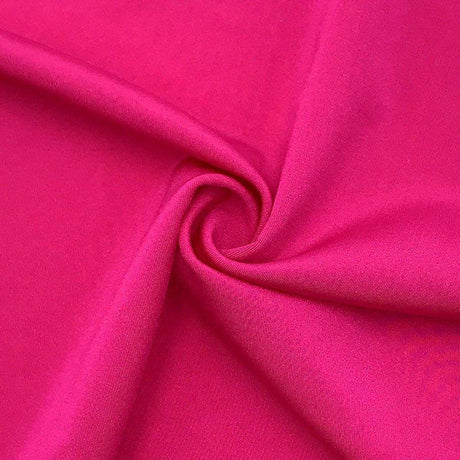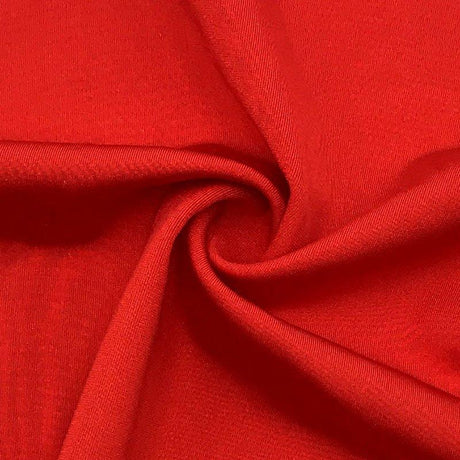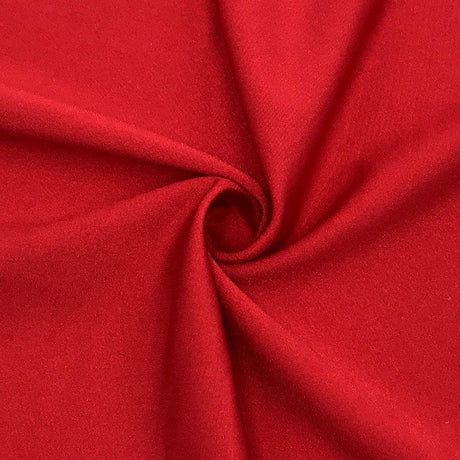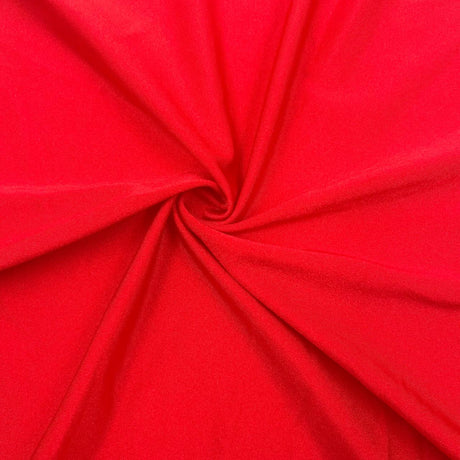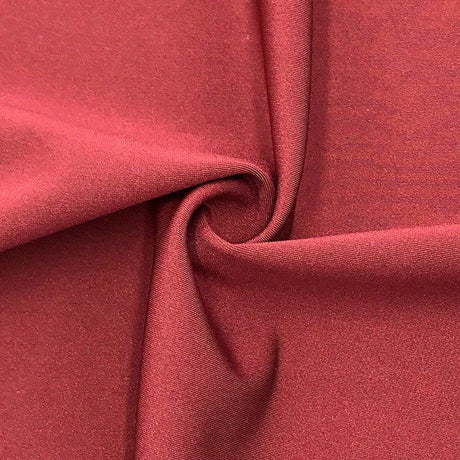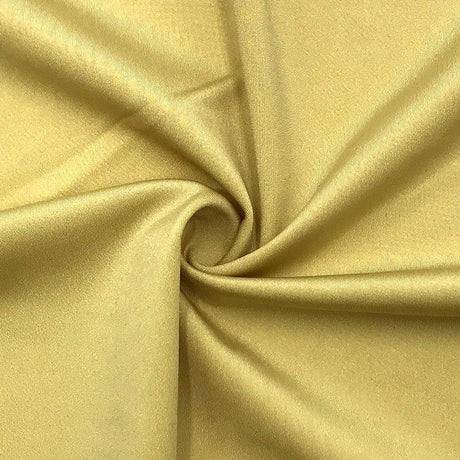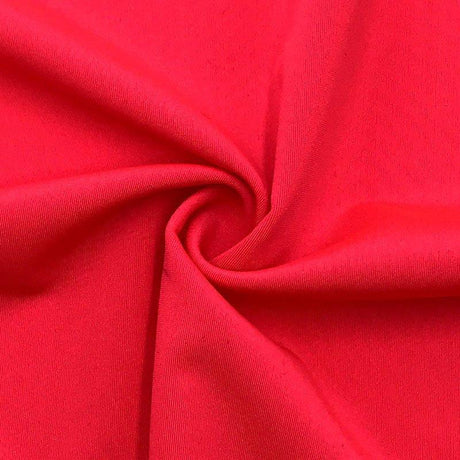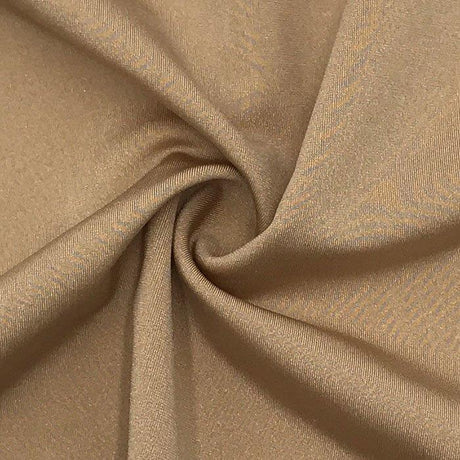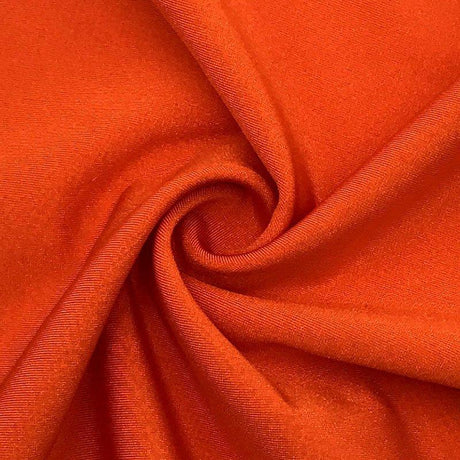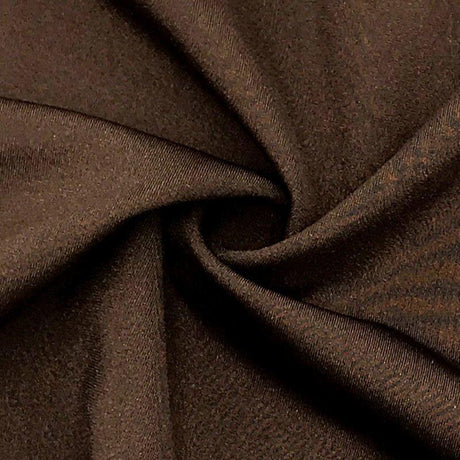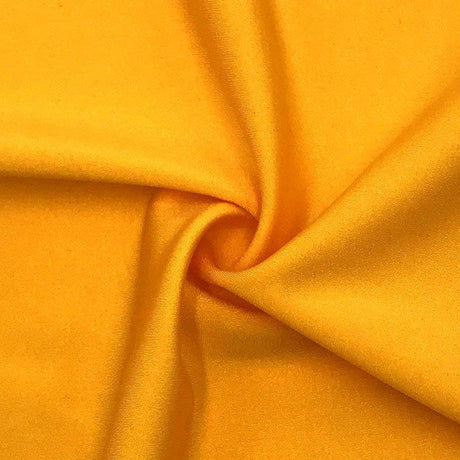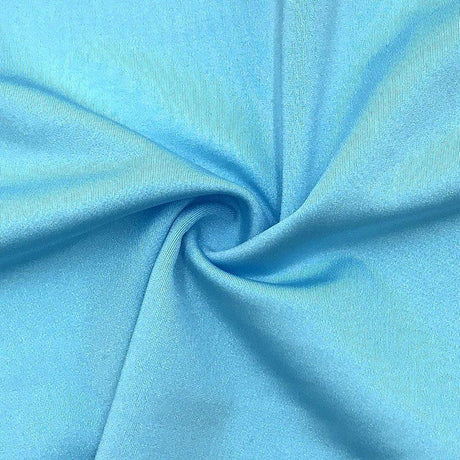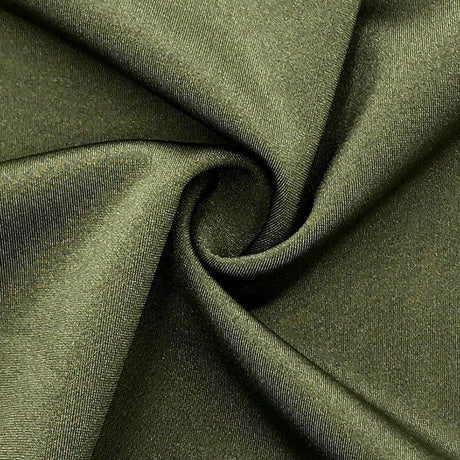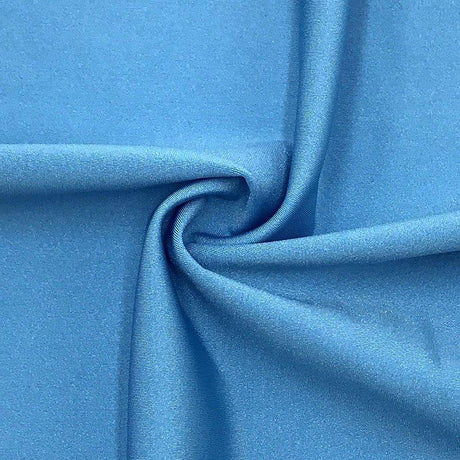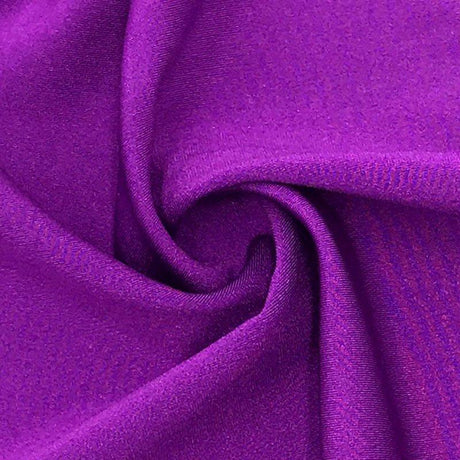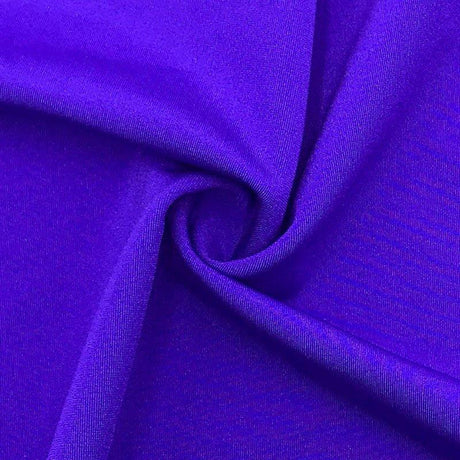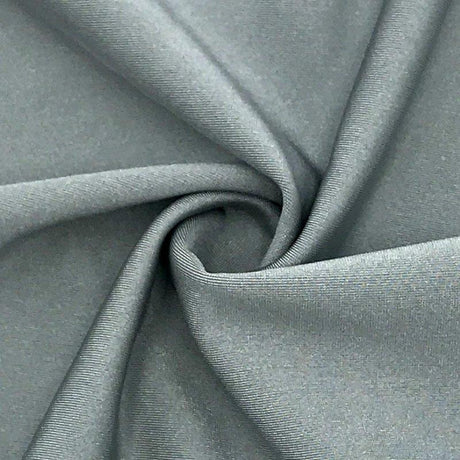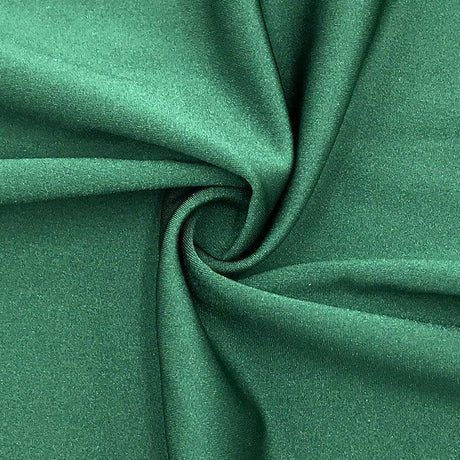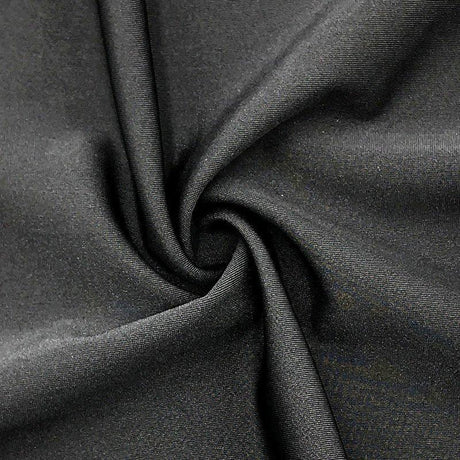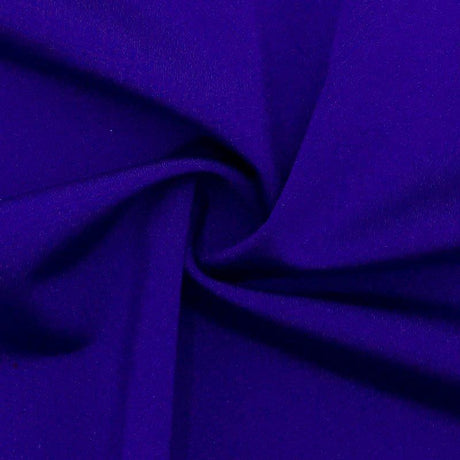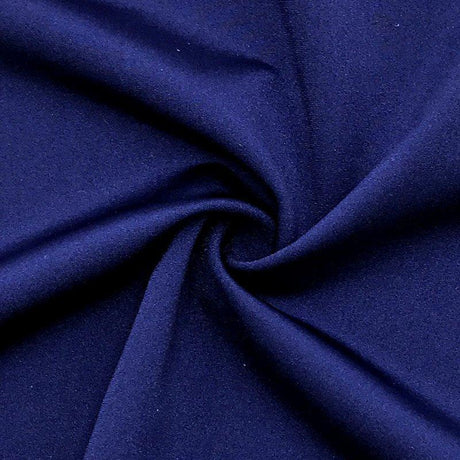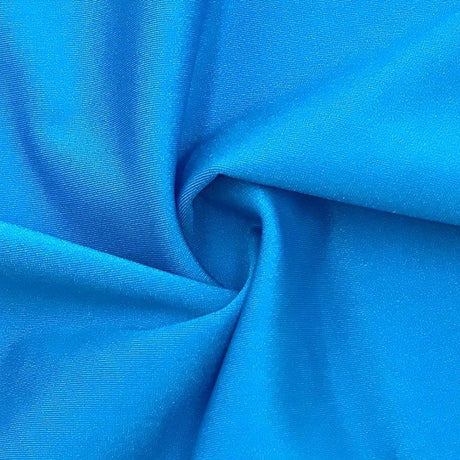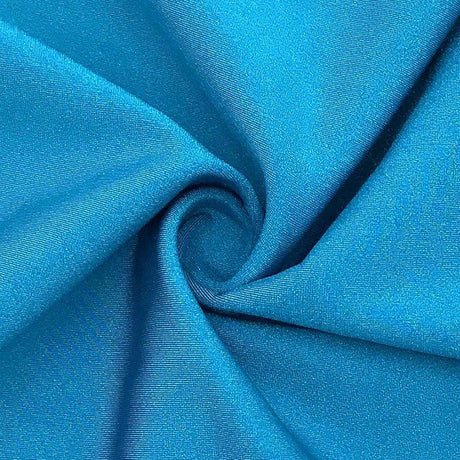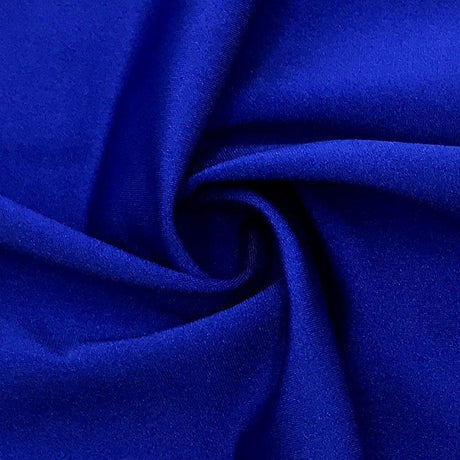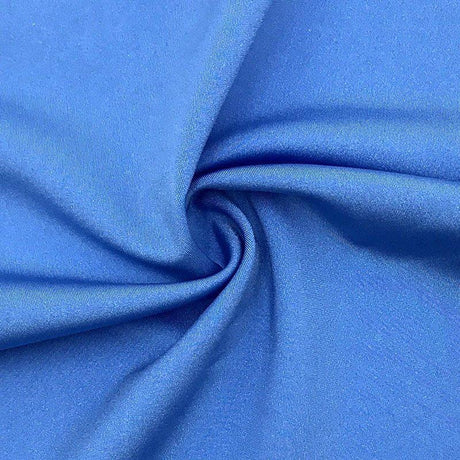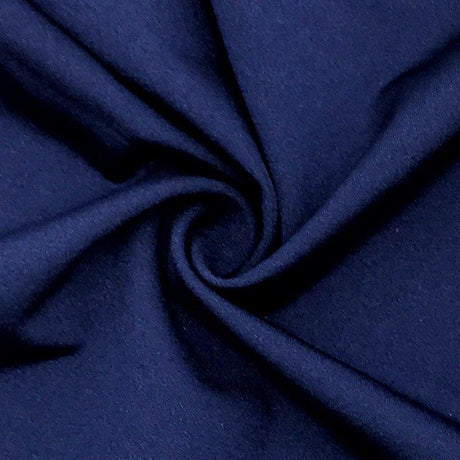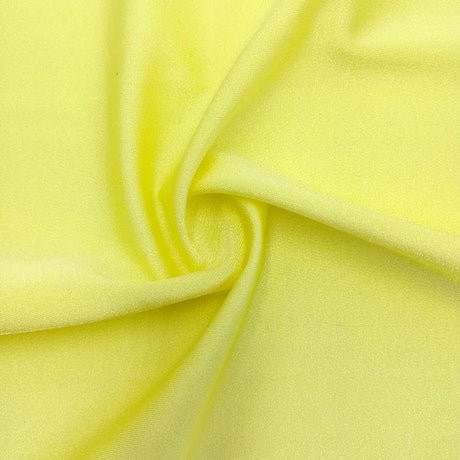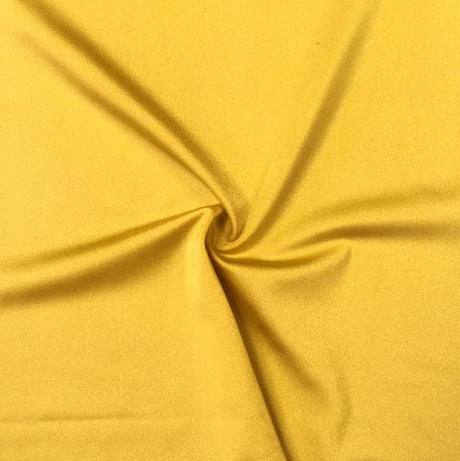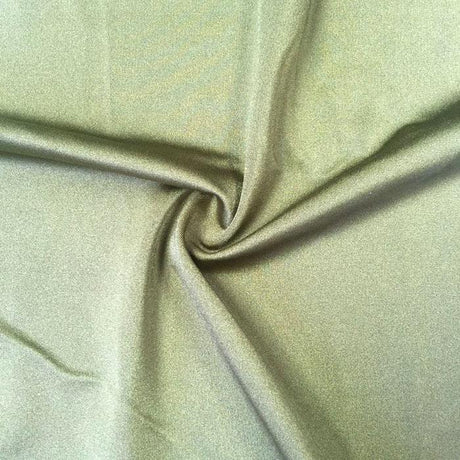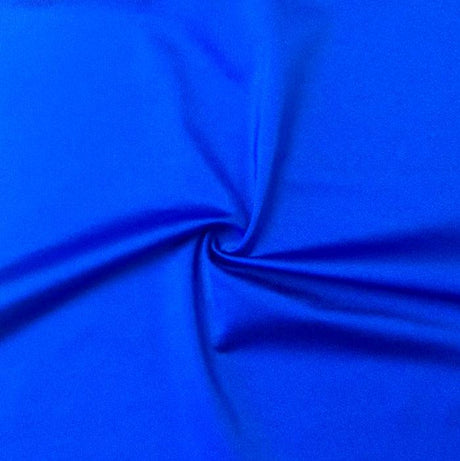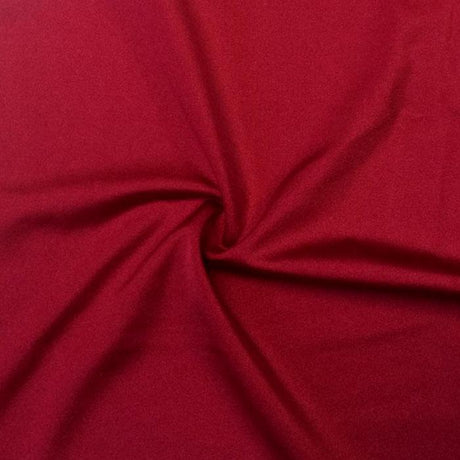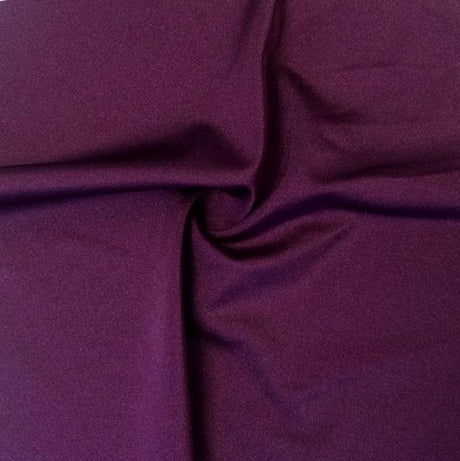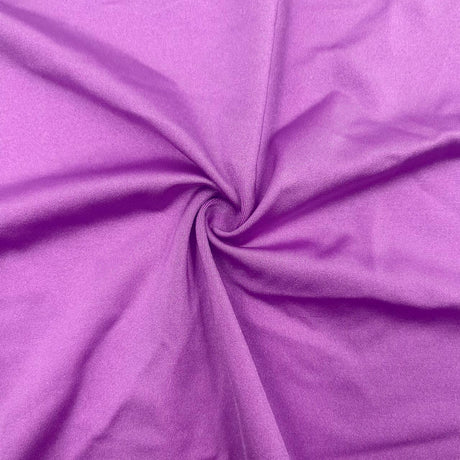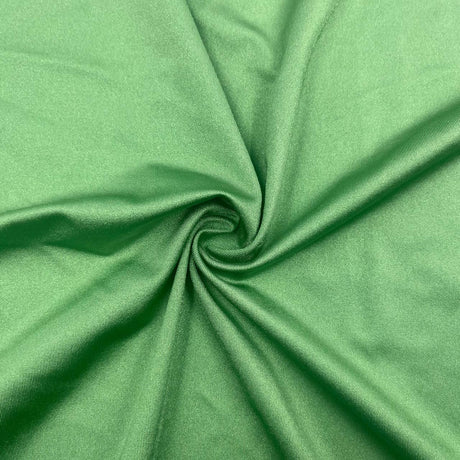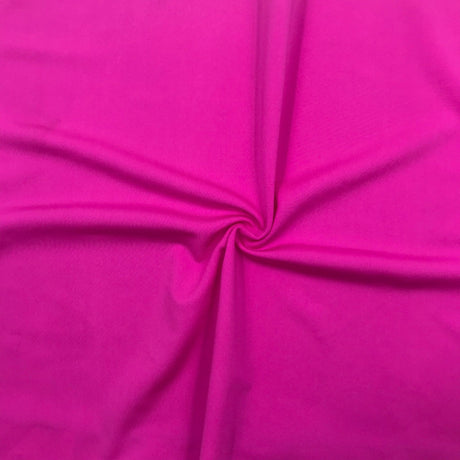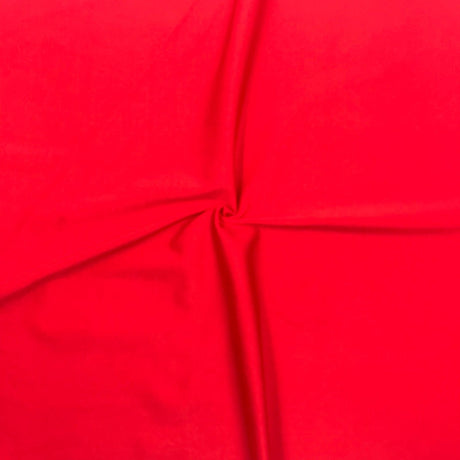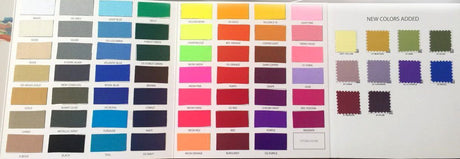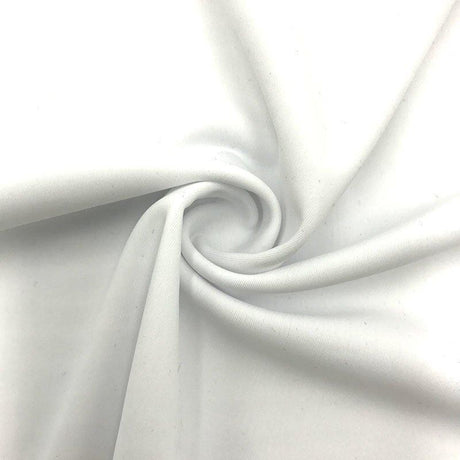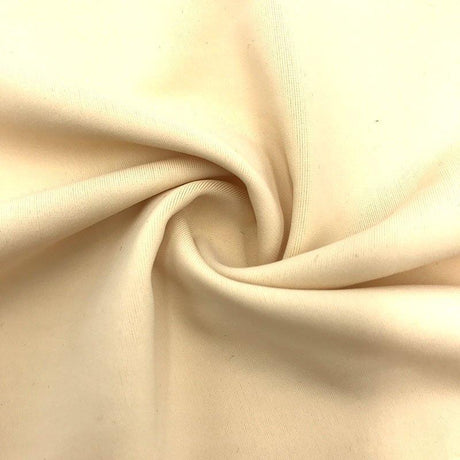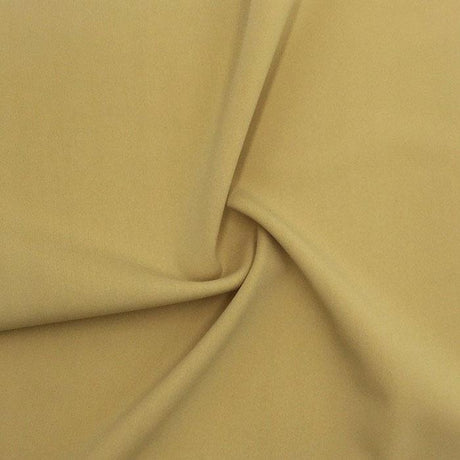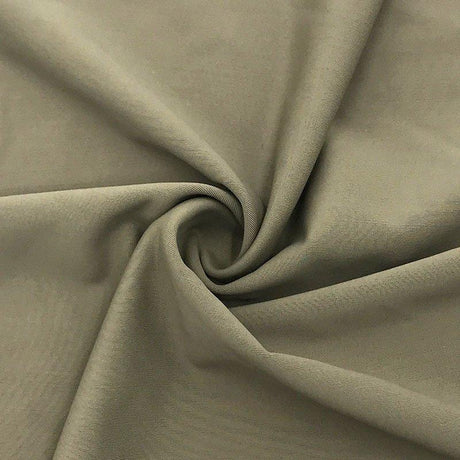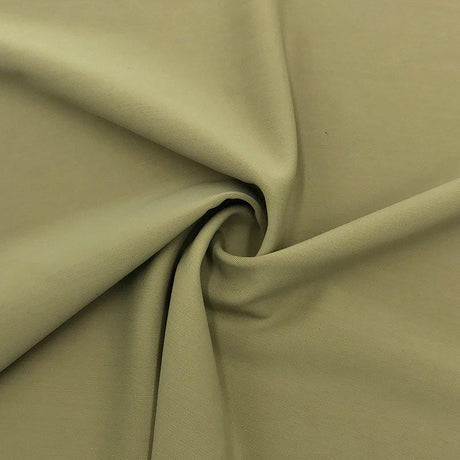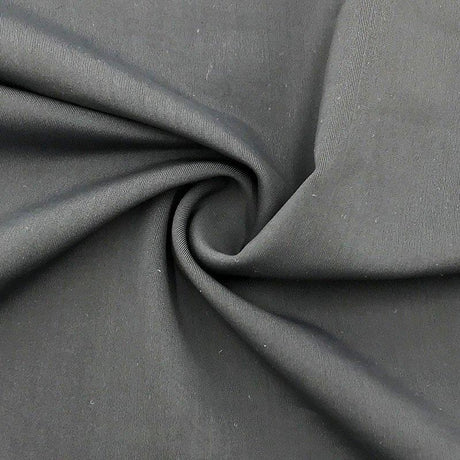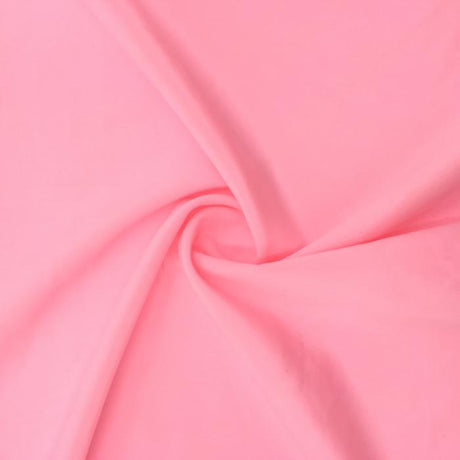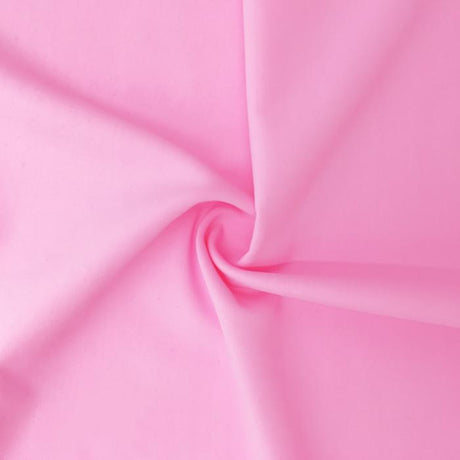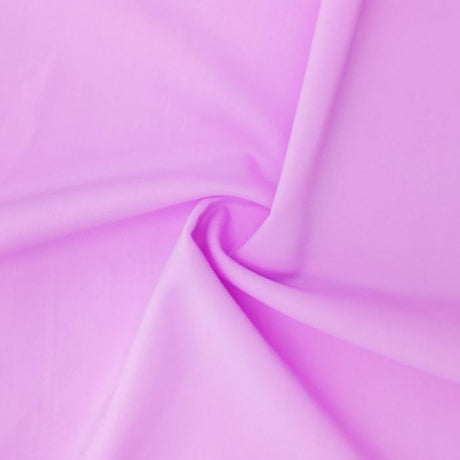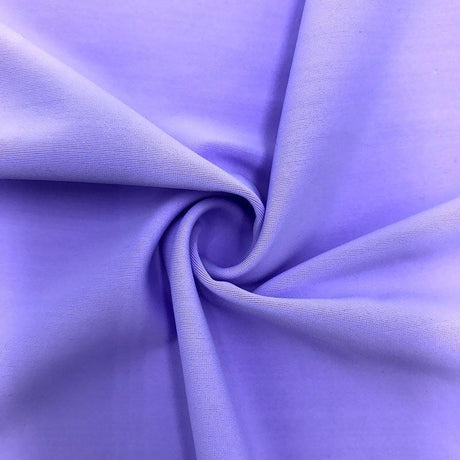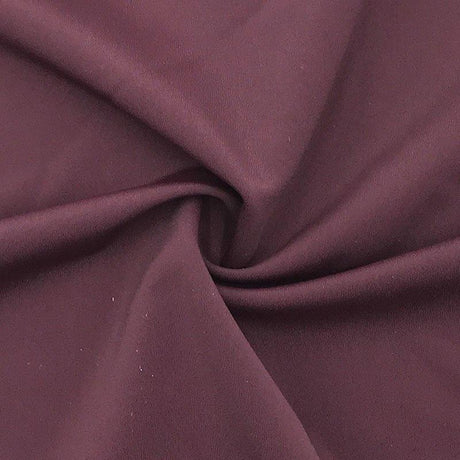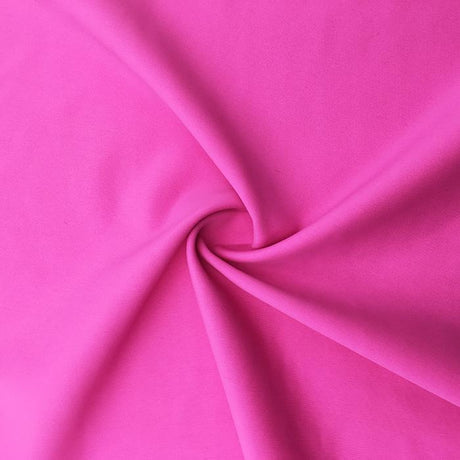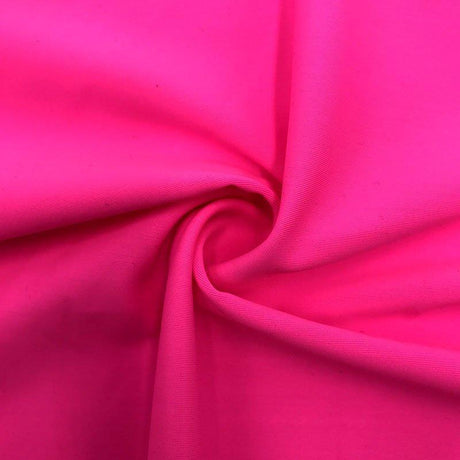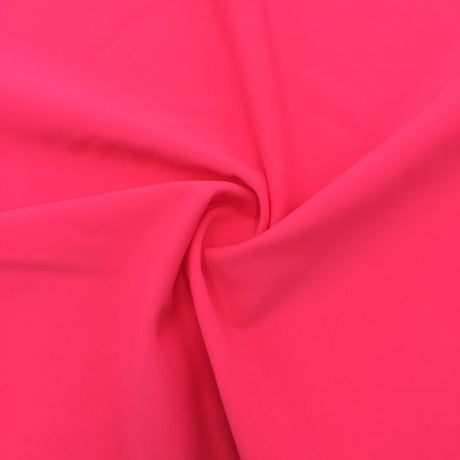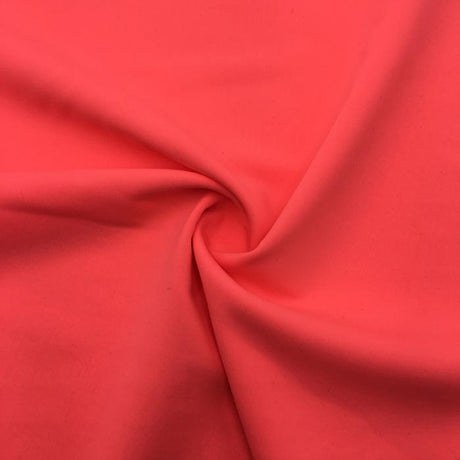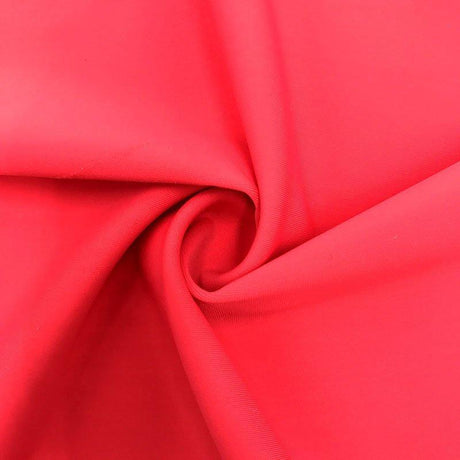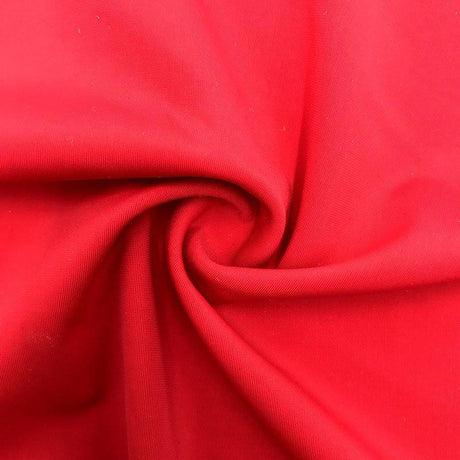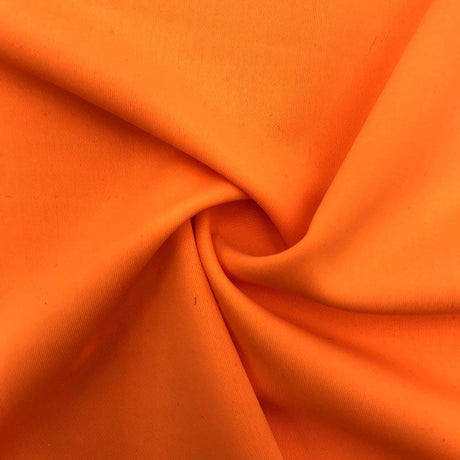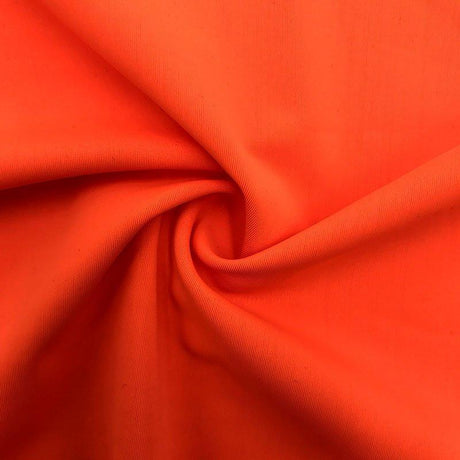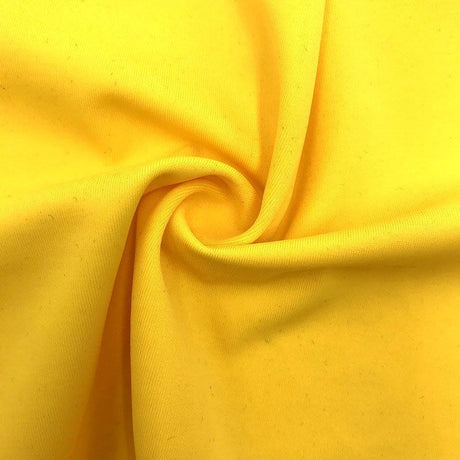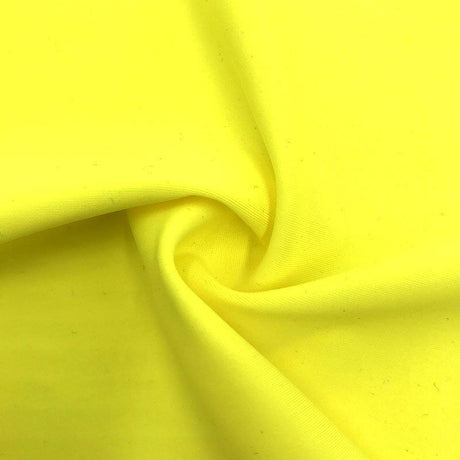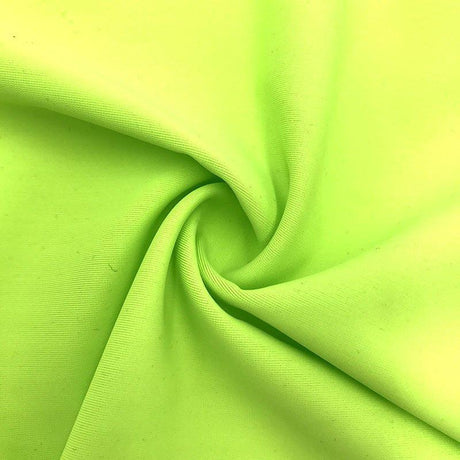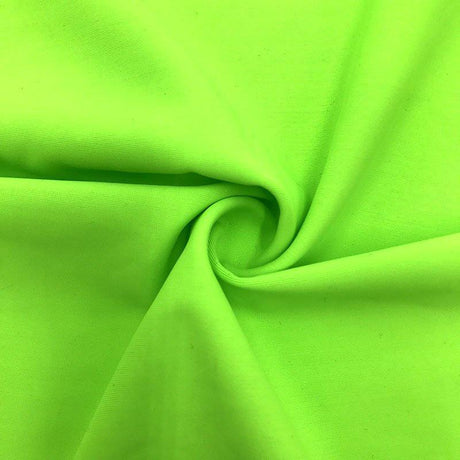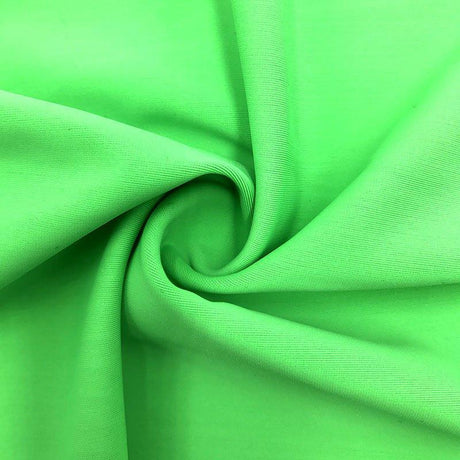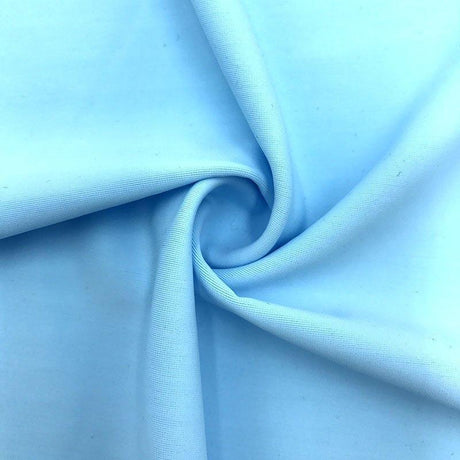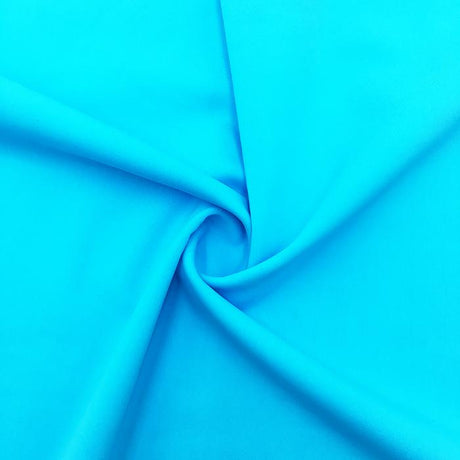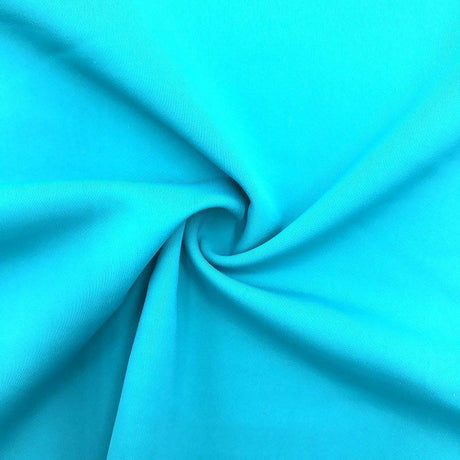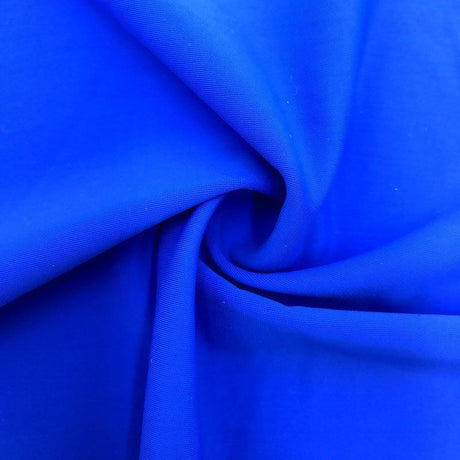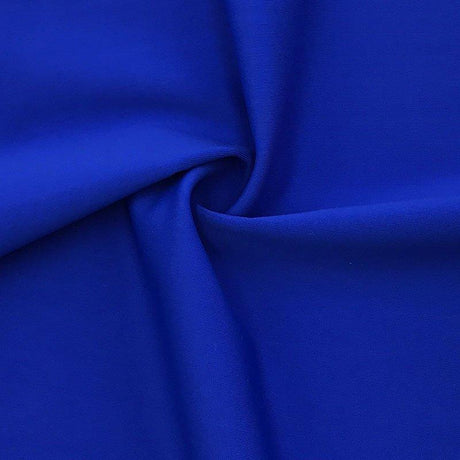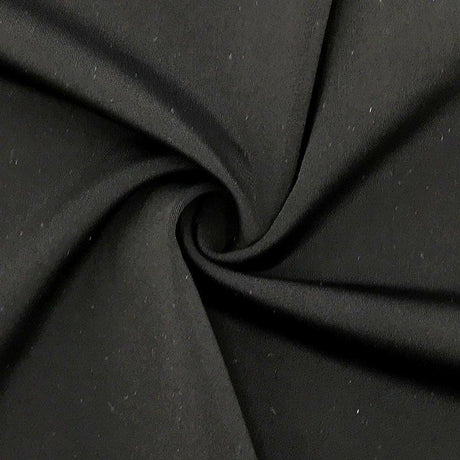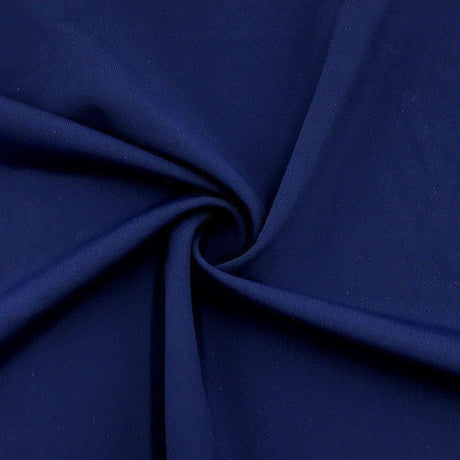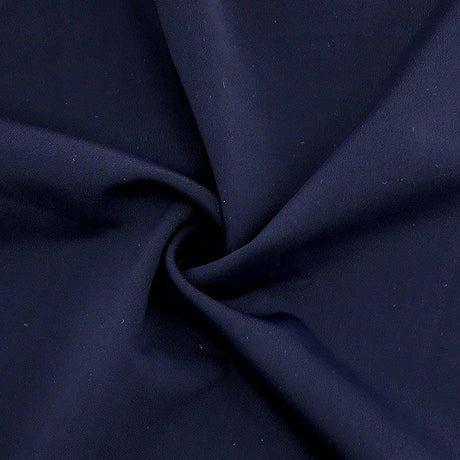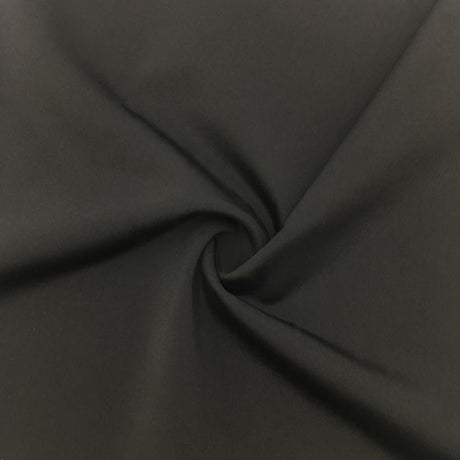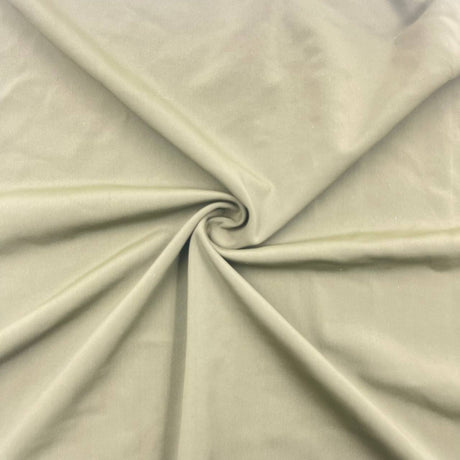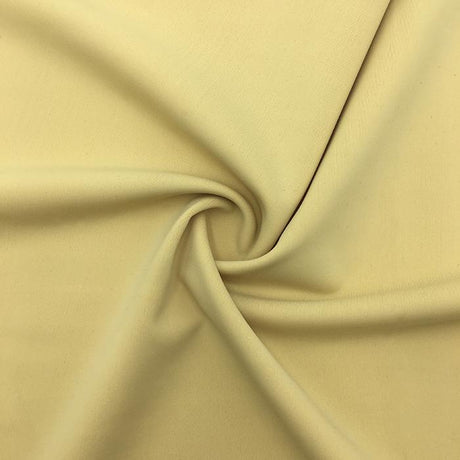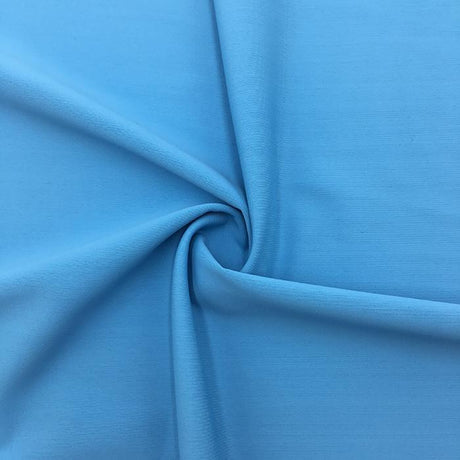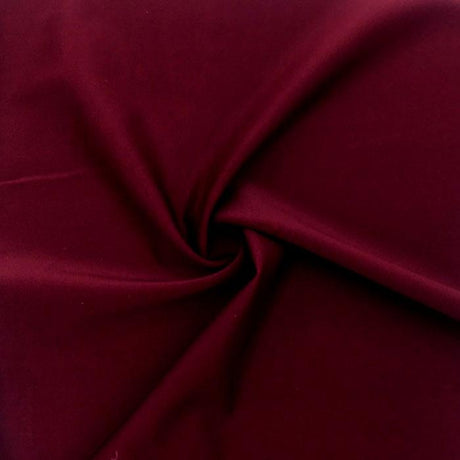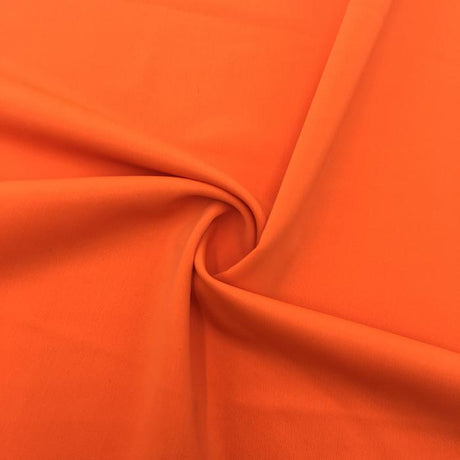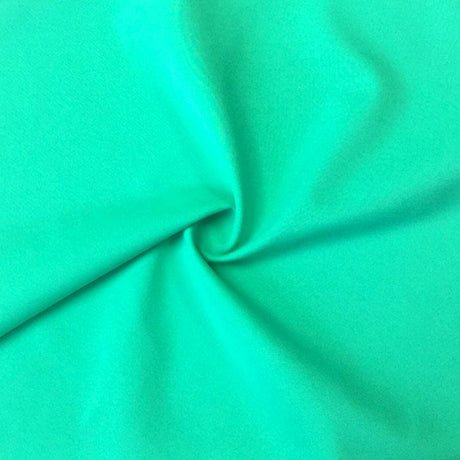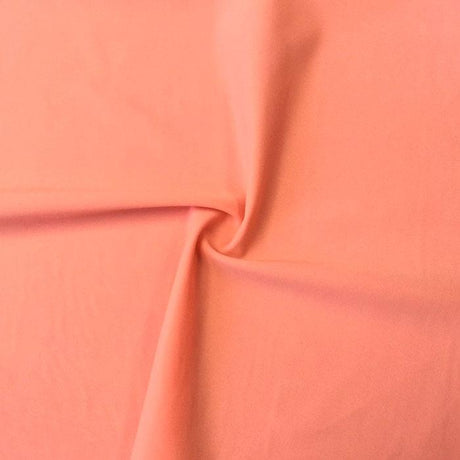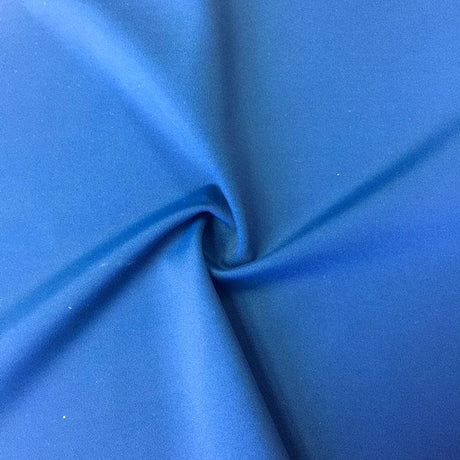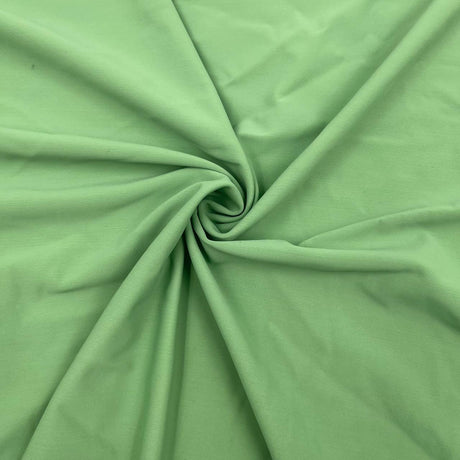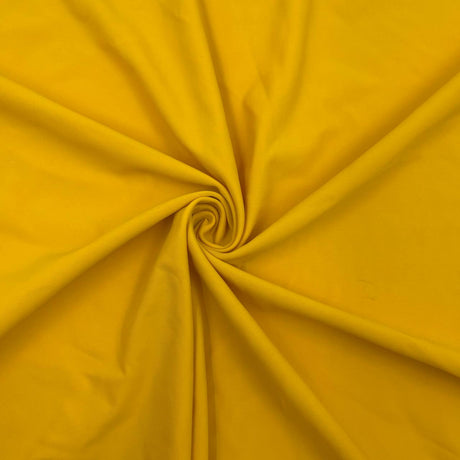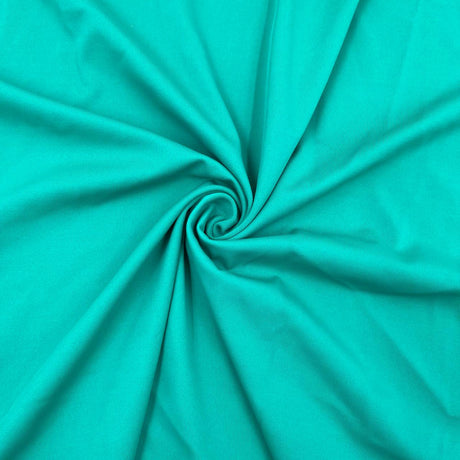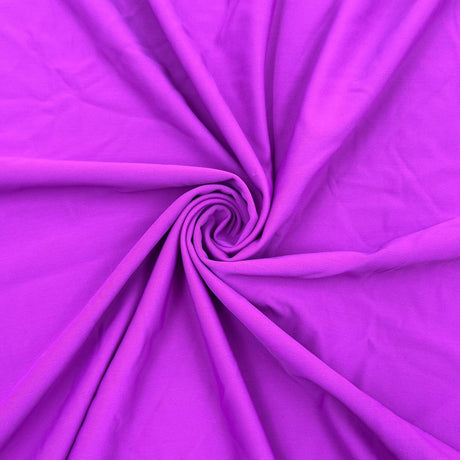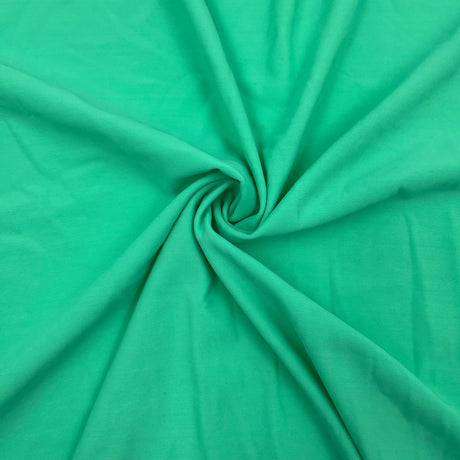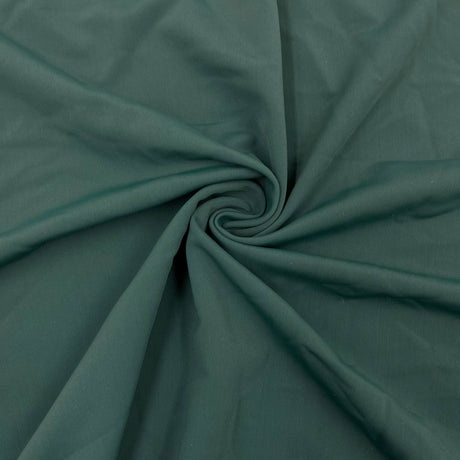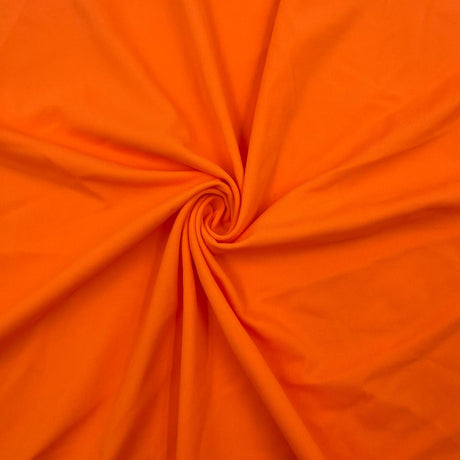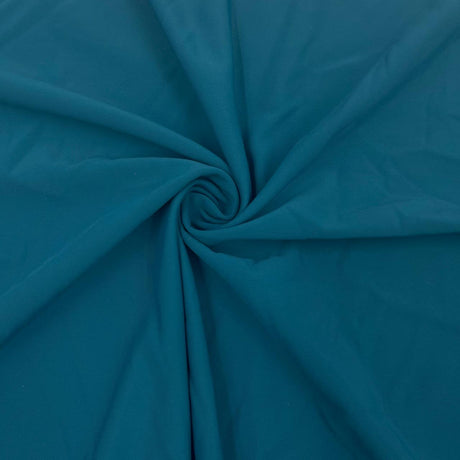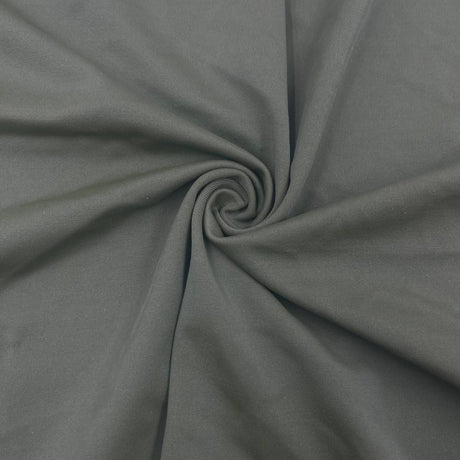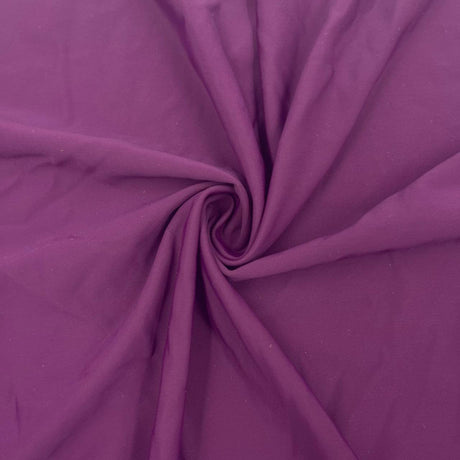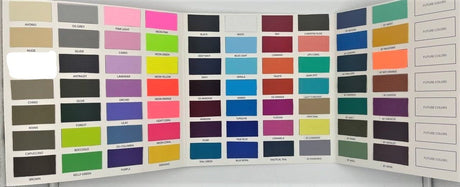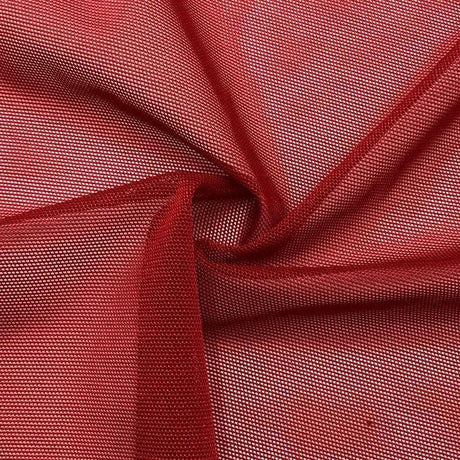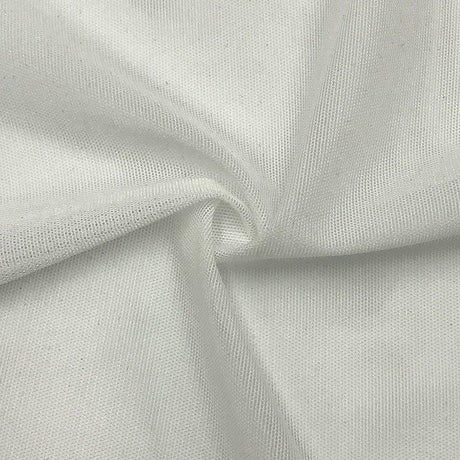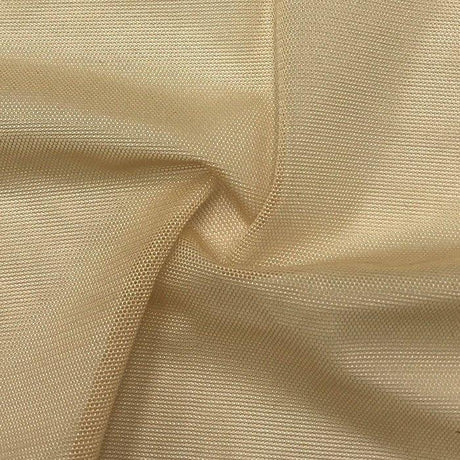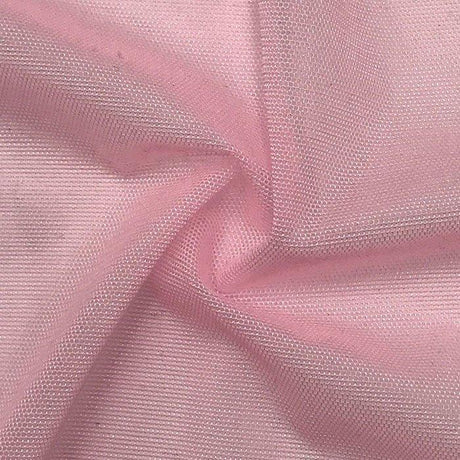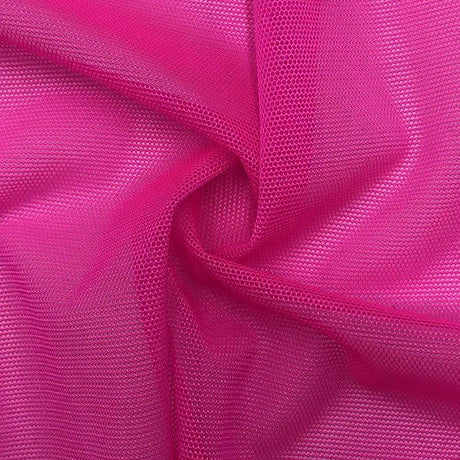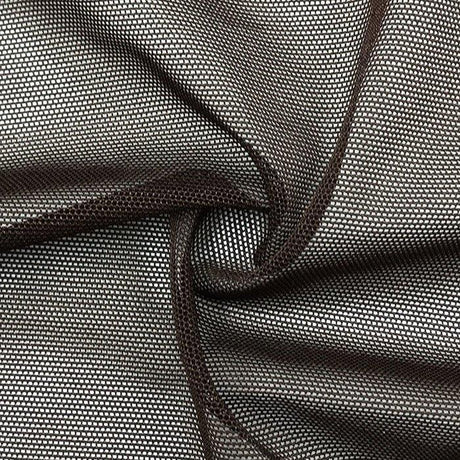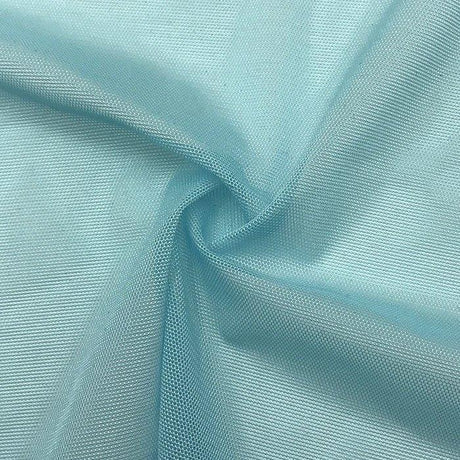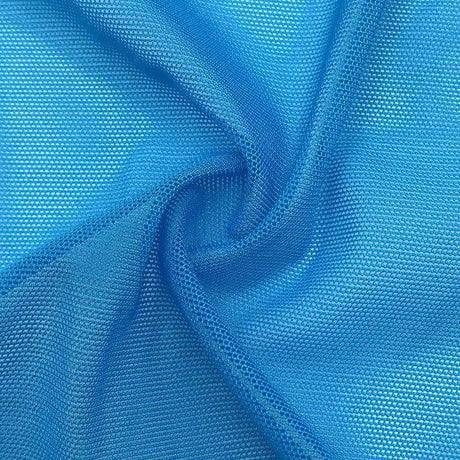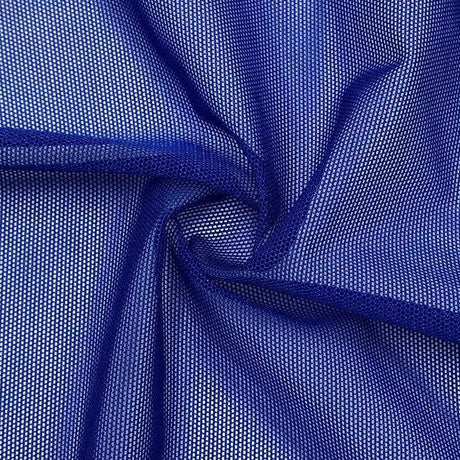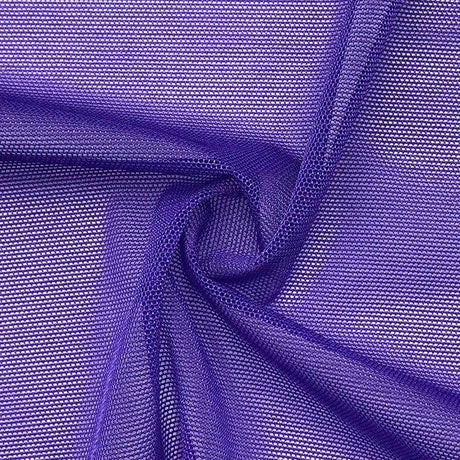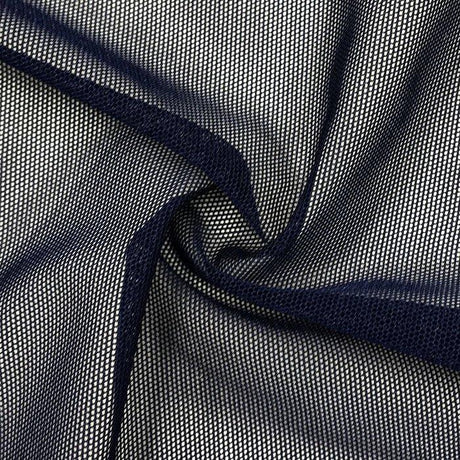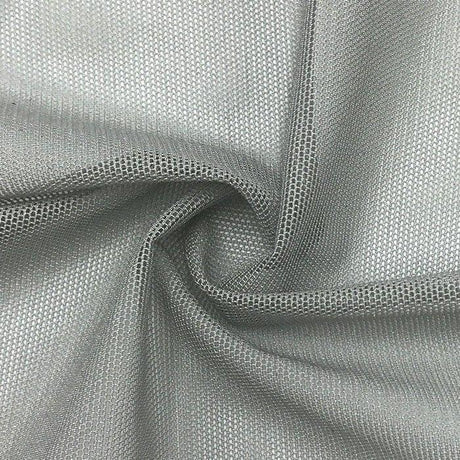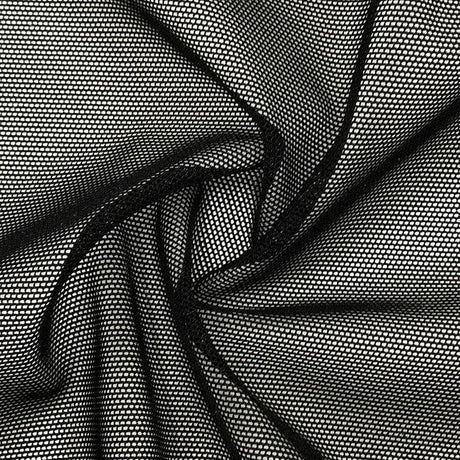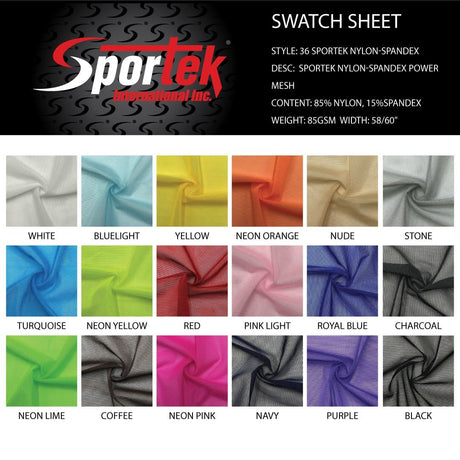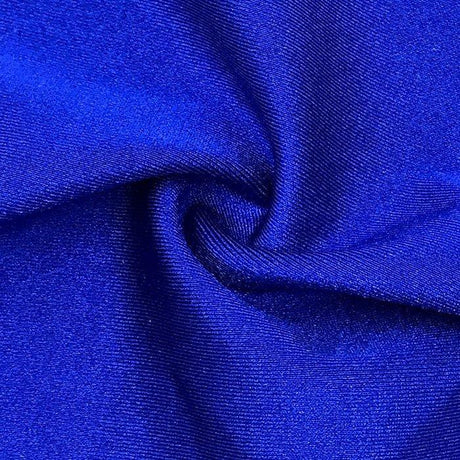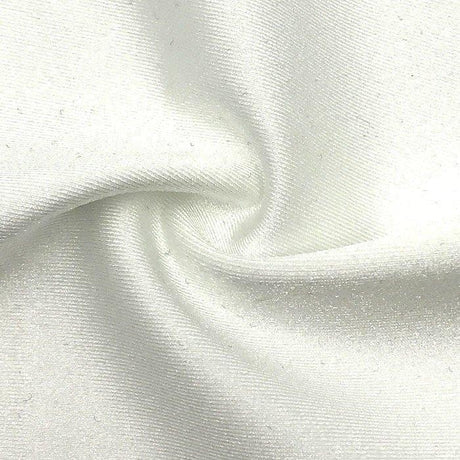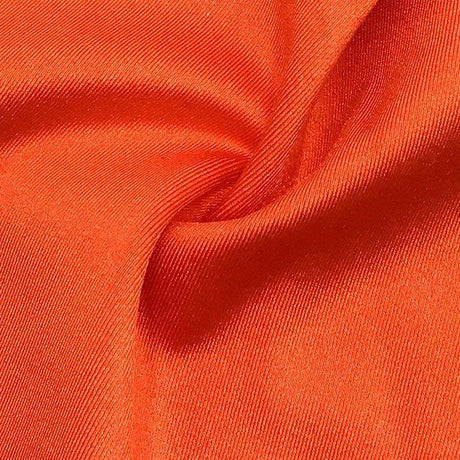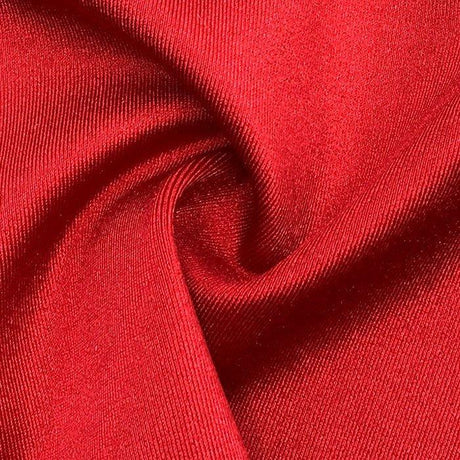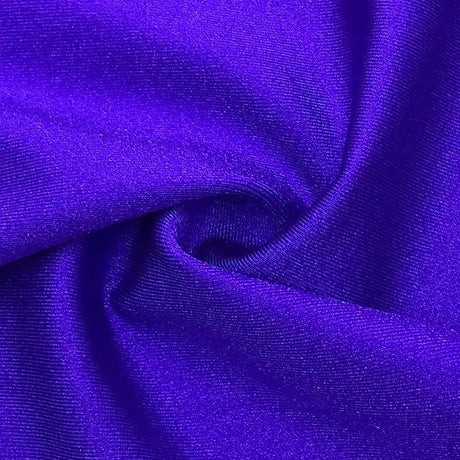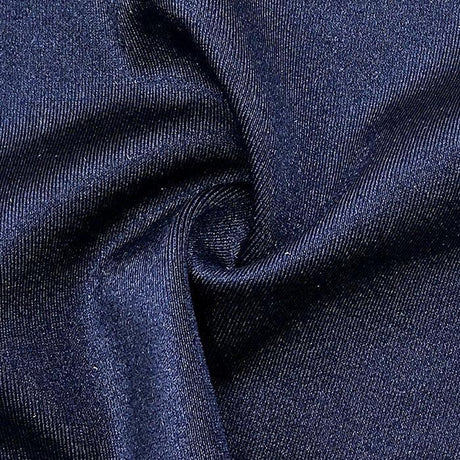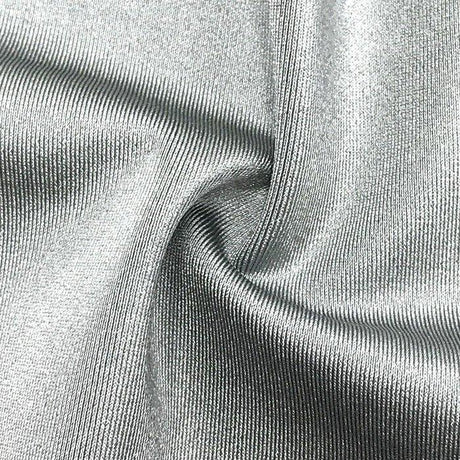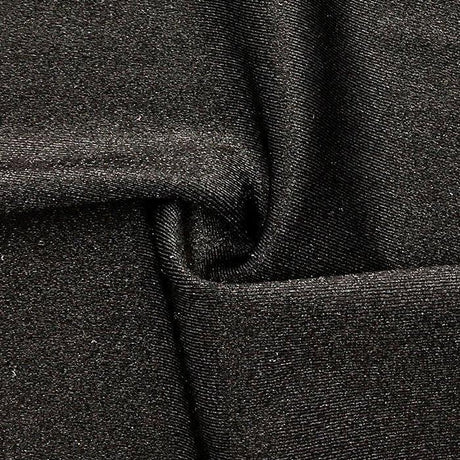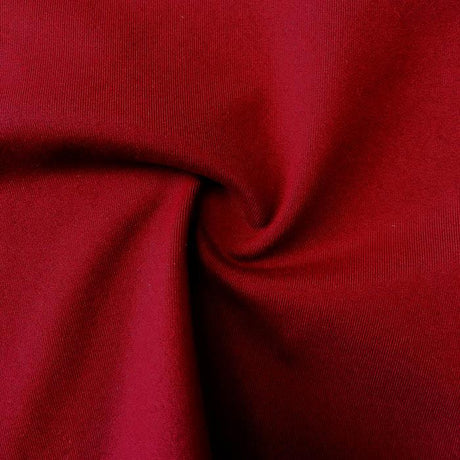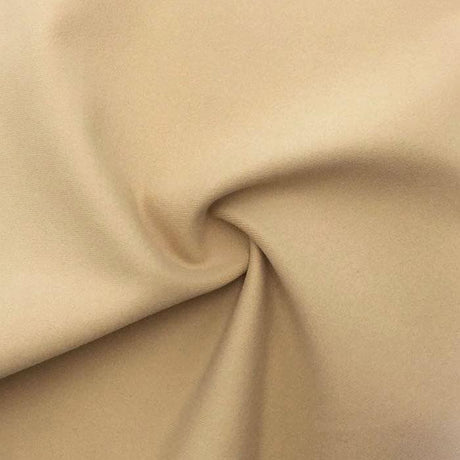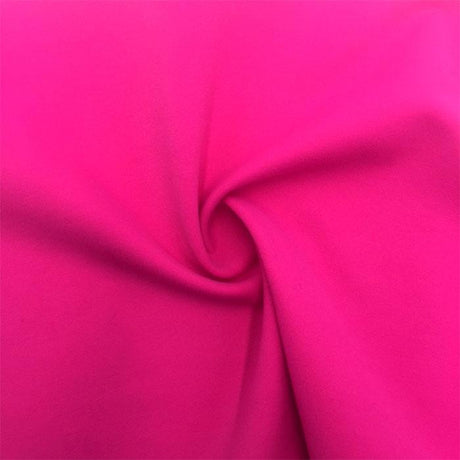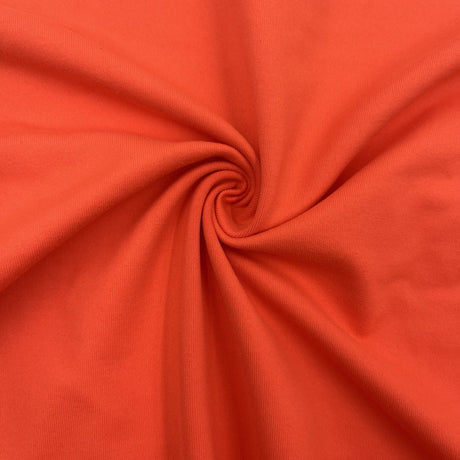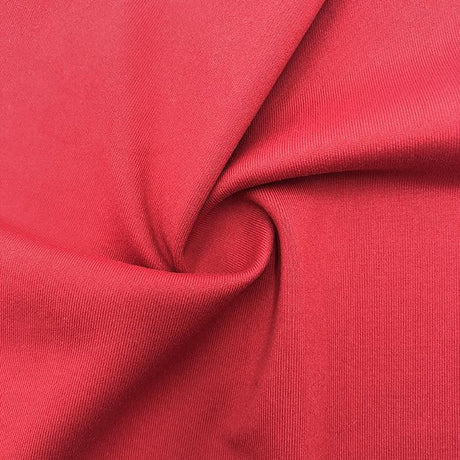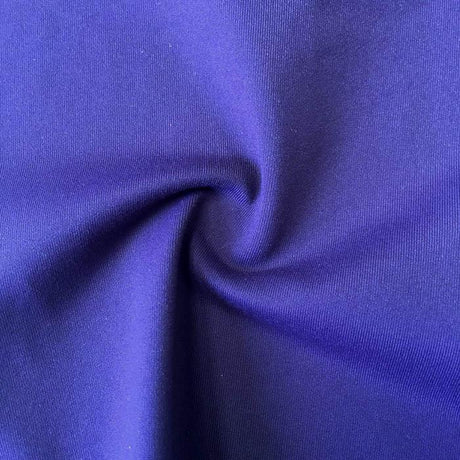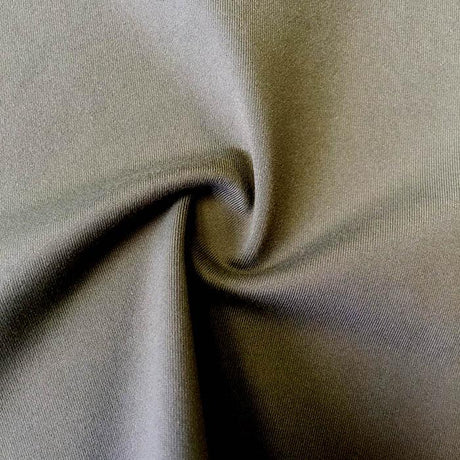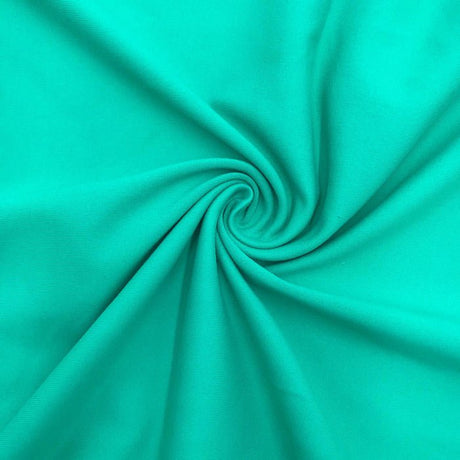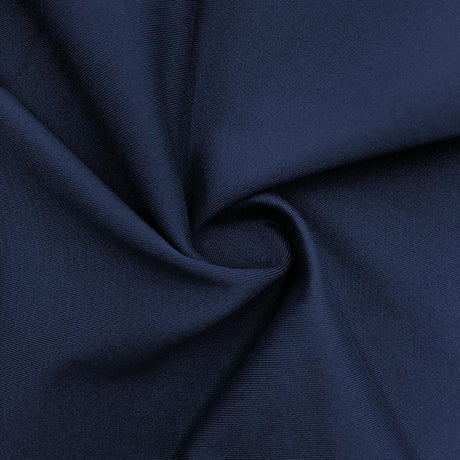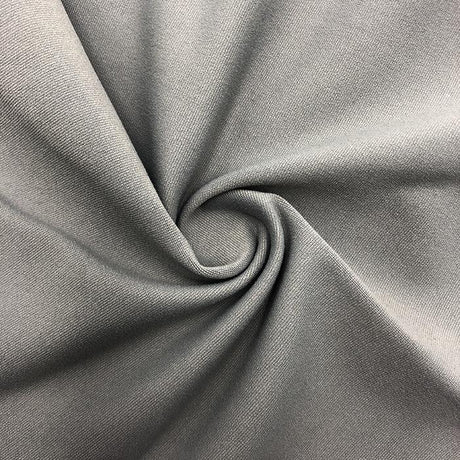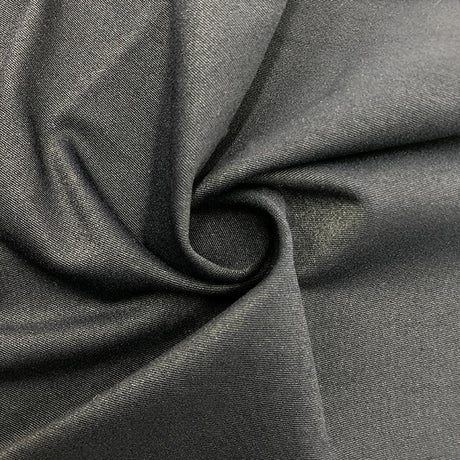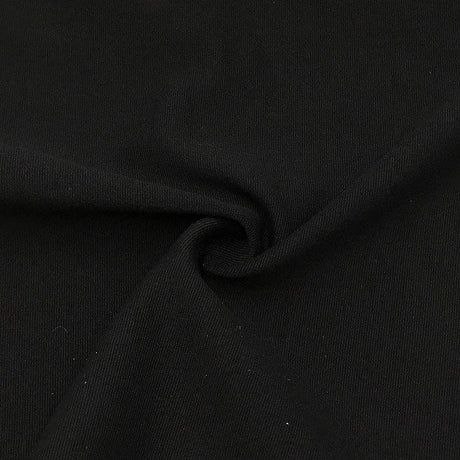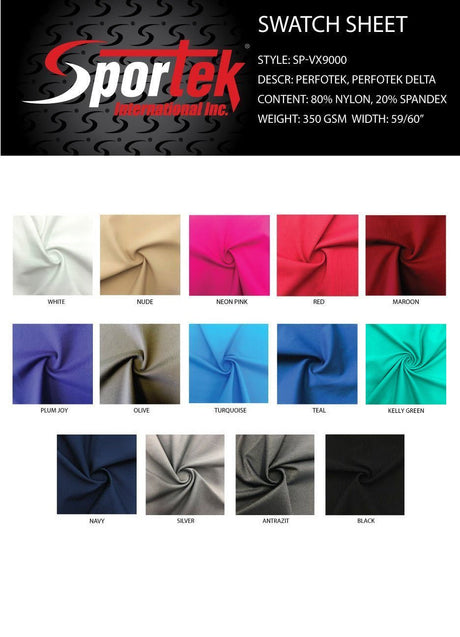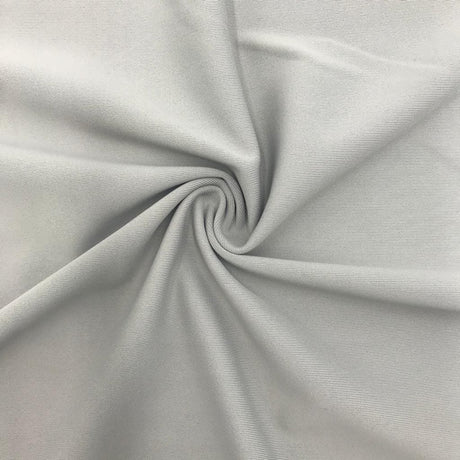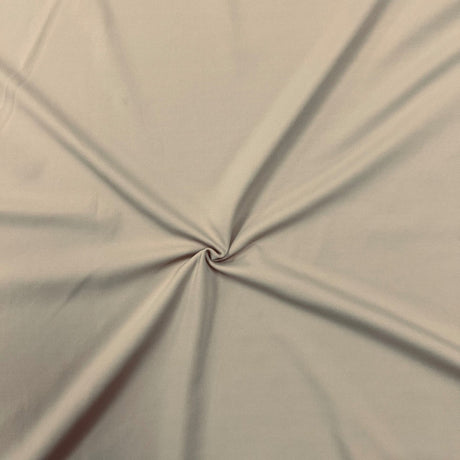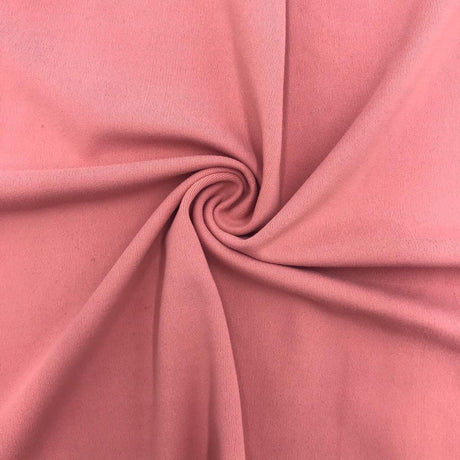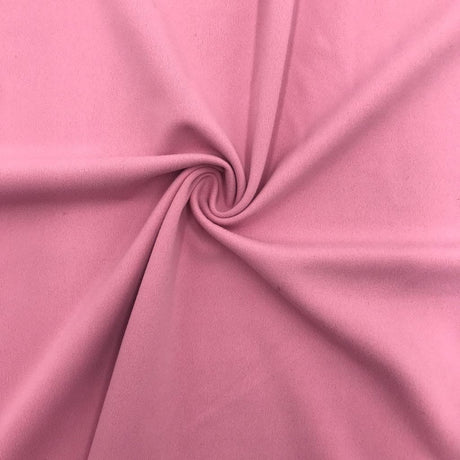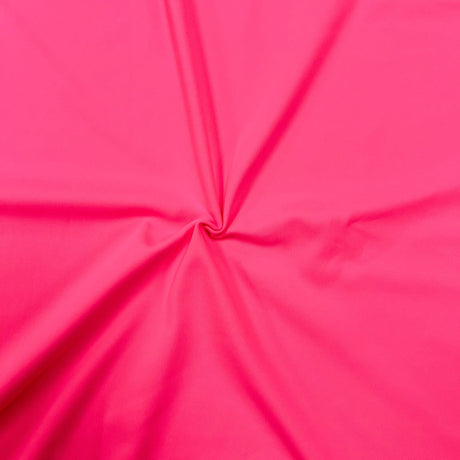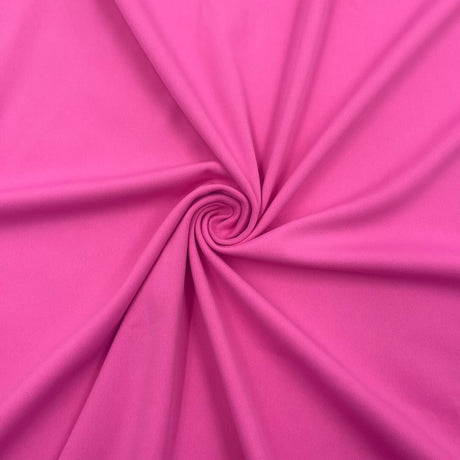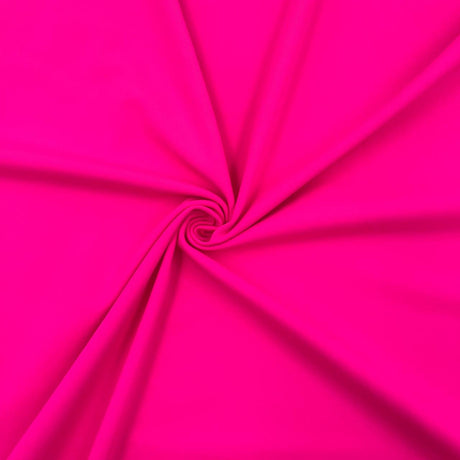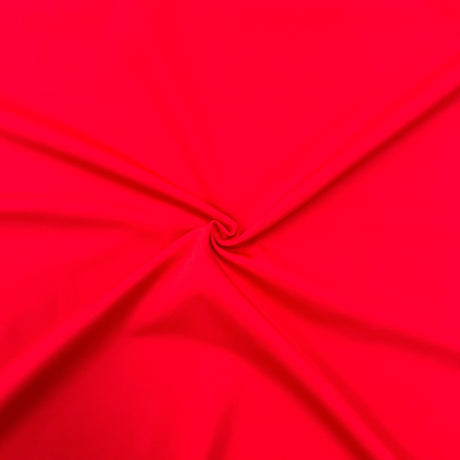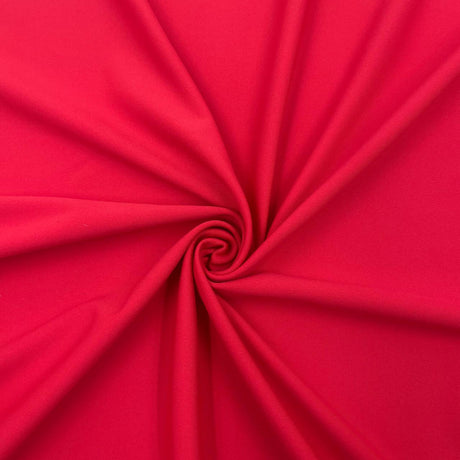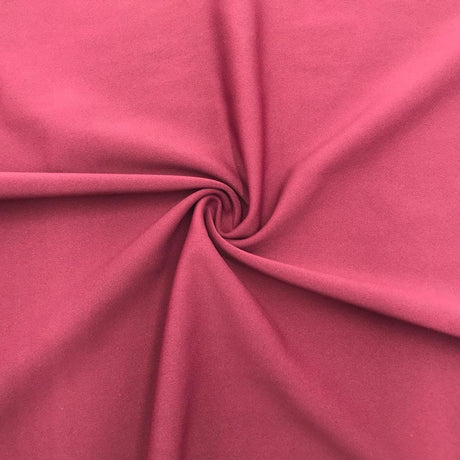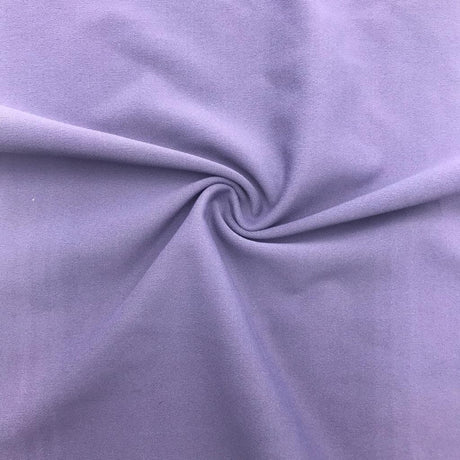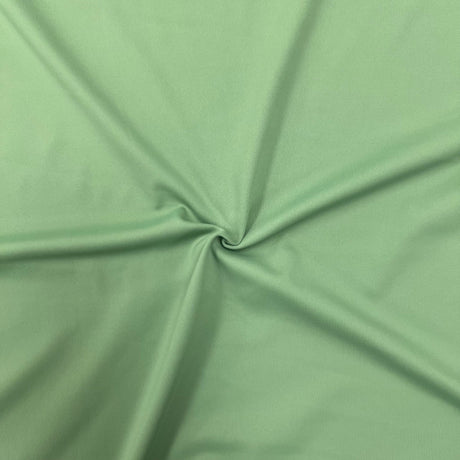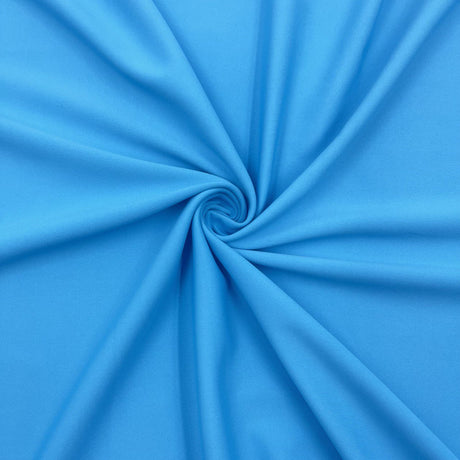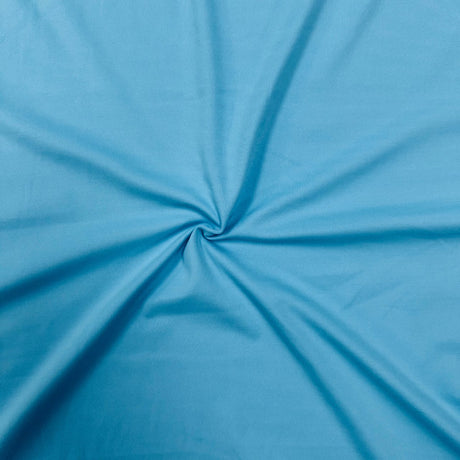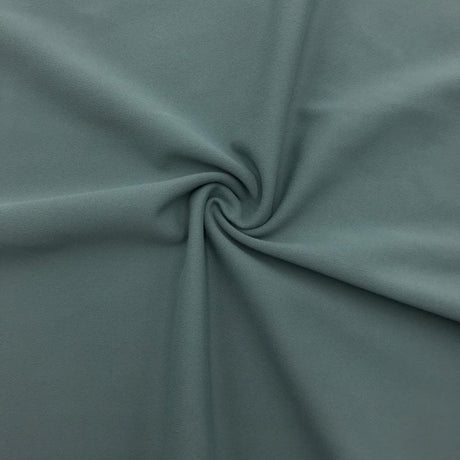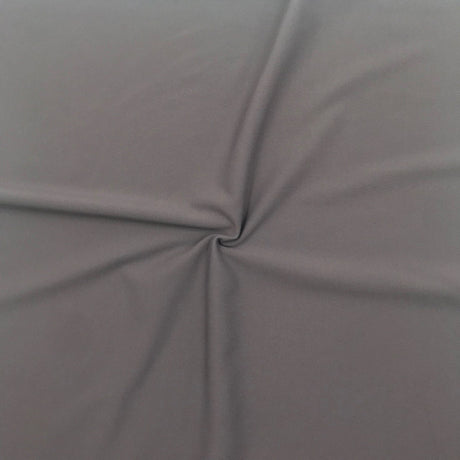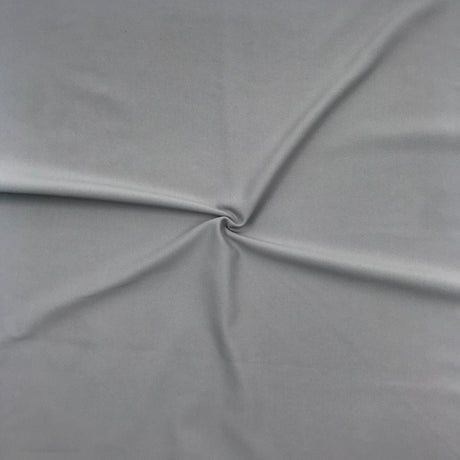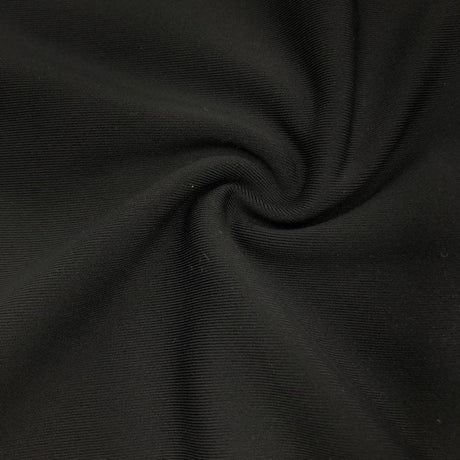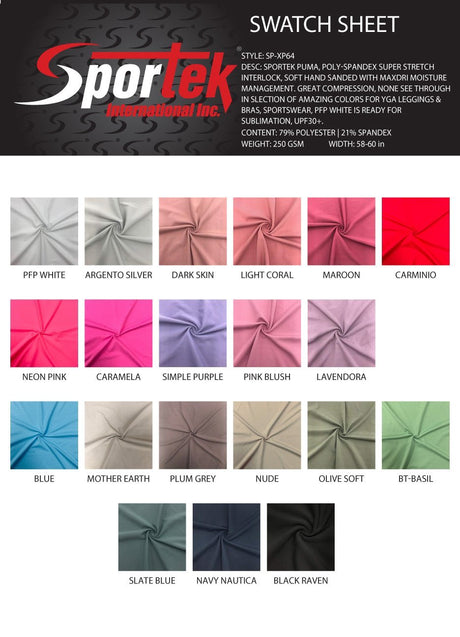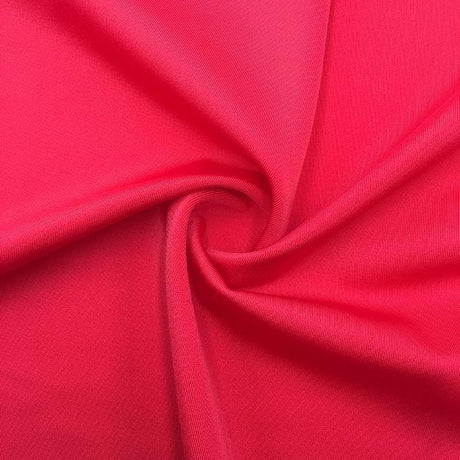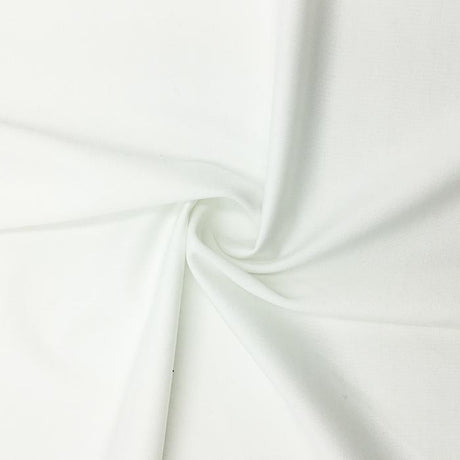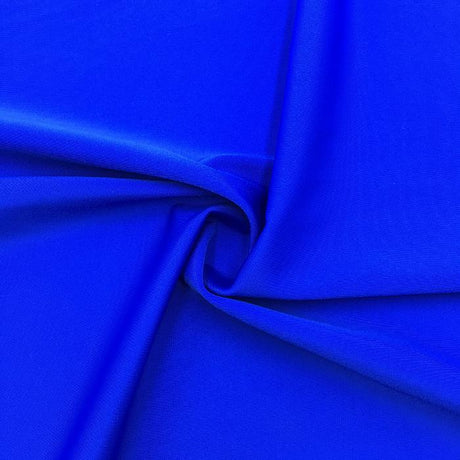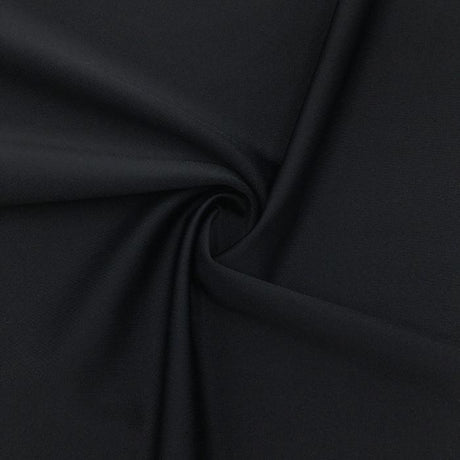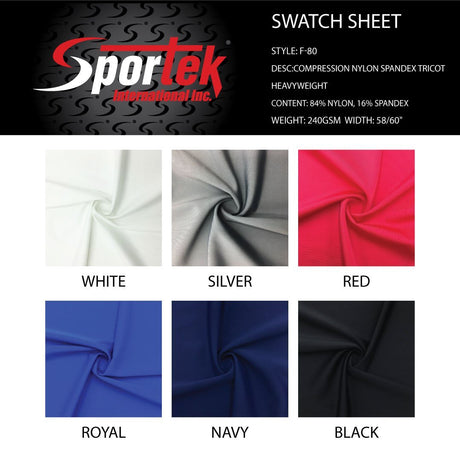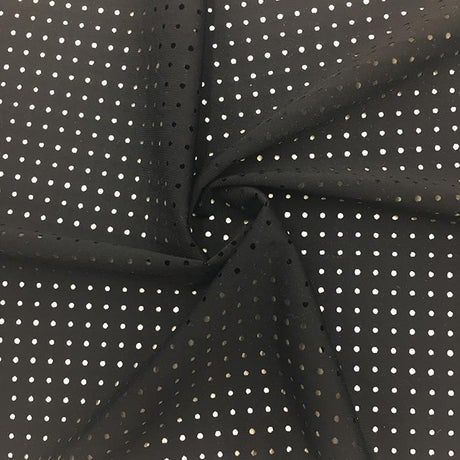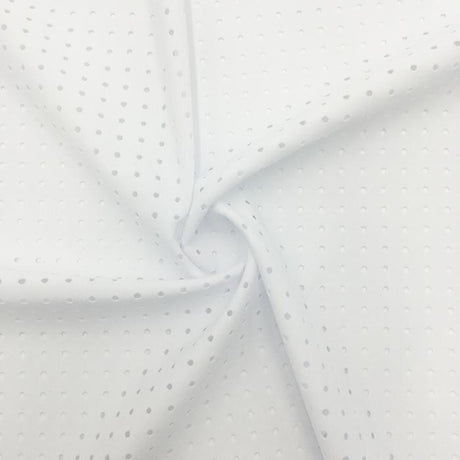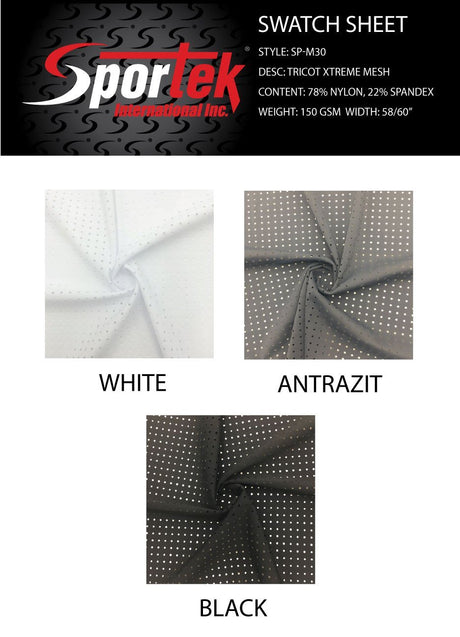Ordering fabric samples and spandex swatches is a smart strategy for anyone serious about their sewing or apparel projects. Swatches are the key to avoiding surprises – they let you see and feel a fabric before committing to a larger order. In this guide, we'll explain what fabric swatches are and why they’re especially important for spandex fabrics. You'll learn the benefits of getting spandex swatches in hand, how to evaluate those little fabric pieces like a pro (checking color, stretch, texture, durability, and more), and a step-by-step process to order swatches online. We’ll also share tips to make the most of your samples – from testing them in different lighting to washing them – so you can confidently choose the perfect fabric. Whether you’re new to buying fabric or an experienced buyer, these insights will help you make informed decisions and avoid costly mistakes. Let’s dive in and become a swatch-ordering pro!
A variety of fabric swatches arranged by color.
What Are Fabric Swatches and Why Do They Matter?
Fabric swatches (also called fabric samples) are small pieces of fabric cut from a larger roll or batch. They are swatches of the exact material you’re considering buying, giving you a real-life preview of its color, texture, weight, and stretch. Unlike relying on photos or descriptions alone, a swatch lets you touch and see the fabric in person. This is crucial because what you see on a screen often differs from reality – colors can appear brighter or darker online, and you certainly can’t feel softness or stretch through a computer monitor. A fabric swatch is typically just a few inches in size, but it contains a world of information about the material.
For spandex fabrics, swatches are especially important. Spandex (also known as Lycra or elastane) is all about stretch and recovery, and those properties are hard to judge without a hands-on test. The material’s unique qualities – how much it stretches, how it feels (smooth, slick, or cottony), and how it snaps back – can be difficult to assess from a distance. By ordering a spandex swatch, you can feel the fabric’s hand (texture) and perform simple stretch tests to ensure it meets your needs before you purchase yards of it. As experts often say, never, ever purchase a bulk order based on a digital image alone – a physical sample is the only way to ensure the fabric meets your expectations. Swatches serve as your personal quality check. In fact, a fabric sample is the single most powerful tool a buyer has for quality control – it allows you to see the true color, feel the genuine texture, measure the stretch, and test performance on a small scale before making a big investment.
In summary, fabric swatches matter because they bridge the gap between a product listing and the real thing. They help confirm that the spandex fabric you’re eyeing is exactly what you expect in terms of color, feel, and stretch. This small step can save you from big disappointments later. Swatches put verifiable facts in your hands, turning assumptions about a fabric into certainty. For any critical project or bulk purchase, swatches aren’t a luxury – they’re a necessity.
Benefits of Ordering Spandex Swatches Before a Bulk Purchase
Ordering spandex swatches upfront comes with a host of benefits. It might add a little time and a minor cost to your buying process, but the payoff is well worth it. Here are the key benefits of getting those swatches before you buy fabric in bulk:
- See True Colors and Appearance: Colors often look different in person than on a screen. Lighting, camera settings, or screen displays can mislead you. With a swatch, you can see the fabric’s true color in real life and even compare it under different lighting conditions (daylight vs. indoor light) to be sure it’s the shade you want. This helps avoid the common pitfall of a color mismatch between what you thought you were getting and what actually arrives. You can also inspect the finish – for example, is it matte or shiny as expected? By holding the swatch up to natural light, you can spot any subtle color variations or flaws that a photo might hide.
- Feel the Texture and Quality: A description might say a fabric is "soft" or "comfortable," but only your fingers can confirm that. With spandex blends, the feel can range from buttery-smooth (like a nylon-spandex blend) to more structured or coarse (for example, some polyester-spandex blends). Touching a swatch lets you judge the fabric’s hand feel – is it cool and slippery, or warm and cottony? Is it thick or thin? You’ll immediately know if the material feels right for your project (especially important for clothes that will be worn against the skin). If a fabric feels uncomfortable or flimsy in your hand, it likely won’t be pleasant as a garment.
- Test Stretch and Recovery: Spandex is all about stretch. A huge benefit of a swatch is the ability to test the fabric’s stretch percentage and recovery on a small scale. You can pull the swatch to see how far it stretches and whether it bounces back into shape. This is crucial for applications like activewear, swimwear, or dancewear where fit and shape retention matter. A supplier might claim a high stretch (say 80% stretch and excellent recovery), but a photo cannot verify this – you need to feel it and test it. By ordering a swatch, you can confirm that the spandex fabric has the right 2-way or 4-way stretch and that it doesn’t remain stretched out or baggy after you let go. In short, you’re verifying that the material will perform as advertised before you commit to dozens of yards.
- Check Weight, Opacity, and Quality: A swatch also reveals the fabric’s weight (how thick or heavy it is) and opacity. For instance, if you’re making leggings, you don’t want a fabric that turns transparent when stretched. With a spandex swatch in hand, you can stretch it over your fingers to see if it becomes see-through. You can also drape it to gauge how it falls and if it has the body or flow you need. Additionally, examine the swatch closely for any quality issues – like snags, runs, or uneven dye. This is your chance to catch red flags on a small scale. Remember, a sample allows you to test and verify all the claims about a fabric. If the swatch reveals weak spots (e.g., it pills when rubbed, or the color rubs off), you’ve just saved yourself from a bad bulk order.
- Avoid Costly Mistakes: Perhaps the biggest benefit is financial. Swatches help you avoid expensive errors. Imagine ordering 50 yards of spandex only to find the color is wrong or the stretch is insufficient – returning that or absorbing the loss is a nightmare scenario for any buyer. By spending a few dollars on swatches first, you dramatically reduce this risk. In fact, a small pack of swatches is very inexpensive compared to the cost of returning or wasting bulk fabric that doesn’t meet your needs. Swatches act as an insurance policy for your project – they ensure you invest in the right fabric from the start. It’s far better to discover issues with a 4x4 inch piece than with a 40-yard roll. As one article aptly put it, swatches “protect your project and your budget” by giving you peace of mind before you spend big.
- Confidence in Your Choice: Finally, having swatches in hand gives you confidence. You can compare multiple swatches side by side to decide which fabric and color you love most. You can involve teammates or clients in the decision by showing them the actual materials. By the time you’re ready to order bulk yardage, you know exactly what you’re getting – no doubts, no surprises. This confidence means fewer what-ifs and a smoother creative process. In the fast-paced world of fashion and sewing, that assurance is gold. As a rule, don’t rely on photos alone – always order a physical sample to be sure. It’s a pro move that separates amateurs from savvy buyers.
In short, ordering spandex swatches before buying wholesale or large quantities is a wise step. You confirm color, feel, stretch, and quality ahead of time, ensure the fabric meets your project’s demands, and save yourself from potential headaches and losses. It’s a small effort now that can prevent huge problems later. That’s why seasoned professionals always get swatches first – it’s simply the best way to ensure you're investing in the right fabric.
How to Evaluate Fabric Swatches (Color, Stretch, Texture, Durability)
Once your spandex swatches arrive, the next step is to evaluate them thoroughly. Don’t just glance and toss them aside – use them to their full potential! Here’s how to examine each fabric sample like a pro, focusing on the key factors of color, stretch, texture, and durability:
- Color Check in Different Lighting: Look at the swatch under multiple light sources. By day, hold it near a window in natural daylight, and by night, view it under indoor lighting or the specific lighting in which the final product will be used (for example, stage lights for a dance costume). Compare the color to what you saw online – does it match the digital image, or are there differences? Often, you’ll catch subtleties like a hue being slightly warmer or cooler. Also, check the finish: is it matte or shiny, and does that meet your expectations? Tilt the swatch to see any sheen. Pro tip: hold the swatch up to a natural light source to spot any color variation or flaws. This visual inspection can reveal issues like uneven dye, streaks, or print quality if it’s a printed spandex. If the swatch has a pattern, observe the scale and clarity of the print on that small piece. Ensuring color accuracy now will help you avoid disappointment later when you receive the full yardage.
- Feel the Texture and Stretch it Out: Next, get a tactile sense of the fabric’s texture and elasticity. Rub the swatch between your fingers. Is it soft and silky, or a bit rough? Is it cool to the touch or does it have a brushed, warm feel? This is important for deciding if the fabric is comfortable for its intended use (nobody wants scratchy yoga pants!). Then, perform a stretch test. Gently pull the swatch in both directions (lengthwise and widthwise) to gauge its stretch. How easily does it extend? A high-quality spandex should stretch significantly and feel resilient. Now, check the recovery: after stretching, does it snap back to its original shape and size? One simple way: mark a 10 cm (or 4 inch) line on the swatch, stretch it to see how far it goes (e.g., it stretches to 15 cm, indicating 50% stretch), then let go and measure if it returns to near 10 cm. If it quickly springs back with minimal slack, that’s excellent recovery. If it stays elongated (say it only bounces back halfway), that fabric might become baggy over time – a red flag for performance wear. Pay attention also to whether the fabric feels stable or if the stretch distorts it (some knits might curl or roll at the edges when stretched, which could make sewing trickier). Listening to the fabric can help too – some spandex will make a slight crackling sound if the elastic fibers are breaking when overstretched (not a good sign!). A thorough stretch and feel test will tell you a lot about the fabric’s quality and suitability.
- Test Opacity and Weight: Hold the swatch up against light or place your hand behind it to check how see-through it is. This is crucial for spandex materials going into activewear or swimwear – you don’t want unintended transparency. If the swatch is a lighter color or a thin weight, stretch it and see if you can see your hand or a piece of paper through it. If yes, consider if an underlining or choosing a heavier weight fabric is necessary for your project. Also evaluate the fabric’s weight and drape by handling the swatch. Does it feel heavy and thick (good for compression leggings or structured garments) or light and airy (good for flowing tops or lining)? Even a small piece can tell you if the fabric has the right body. If you have a scale, you might even weigh the swatch to estimate GSM (grams per square meter), but that’s optional. The goal is to ensure the fabric’s thickness and opacity meet your needs (for example, a higher GSM spandex will generally be more opaque and durable, ideal for bottoms).
- Durability Checks (Scratch, Stretch, and Recovery): It might sound funny, but give that swatch a bit of abuse – within reason! You can perform some mini stress tests. For example, scratch the surface of the fabric with your fingernail or a rough object to see if it snags easily or if the fibers start to fuzz (pilling). Stretch and release the swatch multiple times and see if its recovery stays strong or if it starts to deform after repeated pulls. High-quality spandex should withstand repeated stretches without permanent deformation. If you have enough sample, you could even sew a quick seam into it and then stretch the seam to see how the fabric behaves with stitching (does the thread pop? Does the needle cause runs?). These small tests can foreshadow how the fabric will perform when made into a garment.
- Wash and Care Test: If possible, do a quick wash test on your swatch. This is an often overlooked but critical evaluation step. Most spandex garments require gentle care, but it’s good to know if your fabric will shrink, bleed, or pill after washing. Wash the swatch the same way you plan to treat the final product – for instance, hand wash or gentle machine cycle, and then air dry (since heat can degrade spandex). After washing, check if the color faded or if dye bled out (use a white towel to see if any color transfers). Also note if the fabric’s texture changed – did it get stiffer, softer, or lose elasticity? A wash and dry test on a small piece can reveal issues like excessive shrinkage or loss of stretch before you invest in many yards. For example, if the swatch comes out of a cold wash significantly smaller or less vibrant, that’s a warning sign. It’s better to learn this from a 6-inch square than from your finished garment! If the fabric passes the wash test with flying colors (no bleeding, no shrinkage, no damage), you can proceed with much more confidence.
By systematically evaluating your spandex swatches in these ways – color accuracy, texture comfort, stretch & recovery, opacity, and wash durability – you’ll gain a comprehensive understanding of each fabric sample. Take notes on your observations for each swatch, especially if you ordered many. This way, when it’s decision time, you can easily recall which fabric performed best on each criterion. Essentially, you’re conducting your own personal quality assessment lab with just some small fabric pieces! Using swatches to their fullest will ensure that the fabric you choose for your project is up to the mark in every respect.
Step-by-Step: How to Order Spandex Swatches Online
Ready to order spandex swatches and see the difference for yourself? The process is easy and very similar across most reputable online fabric suppliers. Here’s a step-by-step guide to ordering fabric samples like a pro:
- Identify a Reputable Source: First, choose a trusted online fabric store or supplier that offers spandex fabrics. Ideally, this will be a company with good reviews and a wide selection of the type of spandex you need (such as athletic spandex, swimwear fabric, etc.). For example, SpandexByYard.com is a specialist in spandex fabric and a reputable source where you can order swatches. Reputable suppliers usually advertise the availability of samples or swatches on their website. (As a rule of thumb, if a supplier doesn’t allow samples, that’s a red flag – a reputable supplier will always have a clear, simple process for ordering samples.)
- Find the Swatch or Sample Option: Once you’re on the website, navigate to the product or fabric you’re interested in. Look for a button or link that says something like "Order Swatch," "Sample," or "Request Fabric Sample." Some sites have a dedicated Swatches section or a sample pack you can purchase. On product pages, there might be a dropdown menu to select a sample size (e.g., "Sample – 3\" x 5\" piece") instead of a full yard. On SpandexByYard.com, for instance, each fabric listing typically offers a small sample you can add to your cart. This could be presented as a specific variant (like choosing a sample instead of yardage) or as a separate product called "Swatch" or "Fabric Sample." Select the swatch option for each fabric you want to test.
- Add Swatches to Your Cart: Choose the quantity of each swatch if applicable (usually 1 is enough for each type of fabric, unless you need multiples). Then add the swatch items to your online shopping cart. You can usually order multiple different fabric swatches in one go – they will just appear as separate items in your cart. At this point, you might also see the cost. Most swatches cost a small fee (often just a couple of dollars each). Don’t be deterred by a small fee – serious suppliers may charge a nominal amount for samples, which is actually a good sign of a professional operation. (Sometimes, suppliers even refund the sample cost or deduct it from your next purchase, but policies vary.)
- Proceed to Checkout: When you’ve got all your desired swatches in the cart, go ahead to the checkout process. You’ll need to fill in your shipping address and contact details so they know where to send the samples. One advantage of ordering swatches online is that most websites ship worldwide, so you can get samples even if the supplier is in a different country. Double-check that your address is correct to avoid any delivery issues.
- Make Payment Securely: Enter your payment information to complete the order. Reputable sites will have secure payment gateways (look for "https" and trusted payment options like credit card, PayPal, etc.). The cost for a few swatches is usually very affordable, but note that shipping fees might apply. In many cases, because swatches are light and small, shipping is cheap or sometimes free for samples – but this depends on the company. Complete the payment and you should receive an order confirmation.
- Receive Your Swatches and Start Testing: After placing your order, all you need to do is wait for the swatches to arrive at your doorstep. Shipping times will vary, but many suppliers dispatch samples quickly knowing that you might be awaiting them to make a larger purchase decision. Once the swatches arrive, open the package and verify you received all the samples you requested. Then, it’s time to put on your inspector hat and evaluate them using the steps we covered in the previous section: check the colors, feel the textures, stretch them, and maybe wash one. This hands-on testing will guide your final fabric choice.
- Make Your Fabric Purchase (Armed with Confidence): Although this step is beyond ordering swatches per se, it’s the natural next move. Using what you learned from your spandex swatches, decide which fabric meets your needs best. You can then go back to the website and order the yardage or bulk amount, comfortable in the knowledge that you’ve already handled the fabric and it’s exactly what you want. Many buyers find that after testing swatches, they can place their bulk orders with far less stress and much more certainty.
Following these steps makes the whole process of getting spandex swatches straightforward and hassle-free. If at any point you’re unsure, don’t hesitate to contact the supplier’s customer service – they can often guide you on how to order samples, too. But in most cases, it’s as simple as adding a swatch to your cart and checking out. With just a few clicks, you’ll have a suite of spandex samples on the way to you, ready to inform your big purchasing decisions.
Ordering from SpandexByYard.com: As a specific example, ordering swatches from SpandexByYard is designed to be user-friendly. Simply browse the spandex fabrics on the site (by type, such as nylon-spandex, cotton-spandex, etc., or by print/color). On each product page, look for a sample ordering option. SpandexByYard typically offers a “sample” size (a small cut of the fabric) that you can select. Add it to your cart just like any product, then checkout normally. The small fee per sample is a worthwhile investment to ensure you love the fabric. If you’re unsure where to find the swatch option, use the site’s search function (e.g., search “swatch” or “sample”), or check if there’s a dedicated category for fabric samples. SpandexByYard prides itself on making fabric sourcing easier for customers – that includes providing samples on request. They understand that an informed customer is a happy customer, and they encourage ordering swatches to make sure the fabric is a perfect fit for your needs.
Tips for Making the Most of Your Fabric Swatches
Now that you have your spandex swatches in hand, here are some pro tips to ensure you get maximum value from them. These tips will help both newcomers and experienced buyers glean all the information they need from those little fabric pieces:
- View in Various Lighting: As mentioned earlier, always check your swatches under different lighting conditions. Colors can shift drastically between natural sunlight, fluorescent lighting, and incandescent bulbs. You might even take the swatch outside on a sunny day and again on an overcast day. If the fabric will be used on stage or outdoors, consider the typical lighting of the end use. By doing this, you won’t be caught off guard by a color looking duller or brighter than expected in certain settings. Tip: Compare the swatch against other colors (like your other fabrics or trims) to ensure it complements them well – many designers use swatches to match and coordinate colors in a project.
- Label Your Swatches: It’s easy to forget which swatch is which, especially if you order many at once. As soon as you receive them, label each swatch with the fabric name, code, or source. Many suppliers will attach a little sticker or tag with identifying info. If not, use a piece of masking tape on the back or a small safety pin with a paper tag. Jot down details like the fabric content (e.g., 80% nylon, 20% spandex), weight (if known), and the supplier’s item number or color name. This way, when you’re comparing multiple swatches, you’ll remember which one came from where. Keeping swatches organized will save you from confusion later, especially when you go to place the actual order.
- Compare Swatches Side by Side: If you have swatches of different fabrics or colors, lay them out next to each other. This direct comparison can make differences obvious. You might notice, for example, that one black is deeper than another, or one material is noticeably thicker. Decide which attributes are most important for your project (color accuracy, softness, stretch, etc.) and see which swatch best meets those criteria. Sometimes feeling one swatch right after another also highlights differences in softness or stretchiness that you wouldn’t notice in isolation. By sorting through them methodically, you can rank your options and zero in on the best choice.
- Perform a Stretch & Recovery Demo: We talked about the stretch test in the evaluation section, but here’s a practical tip: show the stretch and recovery to anyone else involved in the decision. If you have a client or colleague, demonstrate how far the swatch stretches and how it springs back. Not only will this inform everyone about the fabric’s performance, but it also might impress them that you’ve done your homework! If you want to be extra thorough, measure the stretch percentage of each swatch and note it down. For instance, “Swatch A: stretches 75%, excellent recovery; Swatch B: stretches only ~40%, feels tighter.” This data can be very useful if you’re choosing fabric for something like athletic wear where a certain stretch is needed for comfort.
- Wash Test Your Swatches: If you can spare a part of a swatch (or if the swatch is large enough to cut in half), do that wash test we described. Washing a swatch is the ultimate way to see how the fabric will hold up. After washing and drying, compare the washed piece to an unwashed piece. Check for any shrinkage by laying one on top of the other. Also look at color changes: did the color fade or change hue? Feel them – did one get rougher or stay the same? Sometimes fabrics have finishes (like a softener) that wash out, so a post-wash feel can tell you if the fabric will require special care or if it stays consistent. It’s much better to know before you sew a whole outfit that the fabric wrinkles easily or needs hand washing only. Incorporate these care considerations into your final choice.
- Simulate the Project Conditions: Try to simulate how the fabric will be used. If it’s for sportswear, you might stretch the swatch and even get it slightly damp to mimic sweat, then see how fast it dries or if it becomes see-through. If it’s for swimwear, you might dip the swatch in water to see how it behaves (does the color darken a lot when wet? Does it dry quickly?). For a project like upholstery or something that will see wear, you could do a rub test – gently abrade the swatch against another fabric or surface to see if it pills or shows wear. While these mini-experiments are not as controlled as a lab test, they give insightful previews. For spandex fabrics, stretch and friction are common stresses, so seeing how your swatch handles them will tell you if the fabric is up to the task.
- Consult and Take Notes: If you’re new to fabric, don’t hesitate to consult more experienced friends or online communities about your swatches. Sometimes another sewist or designer can offer insight (“I’ve used that fabric before – note that it relaxes after a day of wear” or “That supplier’s colors are very consistent between swatch and bulk”). Take notes on everything – either in a notebook or even directly on a card attached to the swatch. Note the date you got it, the tests you performed, and your impressions. These notes turn your swatch set into a knowledge base you can refer back to. If months later you are considering fabrics again, you might still have those swatches and notes to guide you.
- Build a Swatch Library: As a longer-term tip, start keeping a swatch library or binder. Over time, as you collect spandex swatches (and others), file them in a booklet or photo album by type or project. This library can become an invaluable reference. You can compare a new swatch to ones you had before (“This new blue nylon-spandex is similar in weight to that green one I ordered last year”) and you’ll build up a familiarity with fabrics. Professional studios often maintain swatch books for this very reason. It’s also just a fun way to remember what you’ve tried and what you liked or disliked.
By following these tips, you ensure that those small swatches do big work for you. They are not just tiny scraps; they are decision-making tools that can save you time, money, and effort. Swatches empower you to make informed choices and approach your fabric purchase with the confidence of a pro. Every minute spent analyzing a swatch is potentially hours saved (and headaches avoided) later on.
Conclusion: Order Your Spandex Swatches and Shop with Confidence
Fabric shopping should be a fun and rewarding part of your project, not a gamble. By ordering fabric samples and spandex swatches ahead of your purchase, you turn the process into a science and an art – testing, feeling, and truly knowing your material before you commit. We’ve covered why swatches are so vital, especially for stretchy fabrics like spandex, and how they help you sidestep common pitfalls (like color mismatches, poor stretch, or unpleasant textures). We walked through evaluating swatches for every important quality and gave you a roadmap to order them online without hassle. With these skills, you’re no longer shopping in the dark; you’re making an informed decision backed by your own hands-on experience.
So, what’s next? It’s time to put this knowledge into action. Before your next big fabric purchase, get those swatches! Even if it adds a week to your timeline, the peace of mind and assurance of quality you’ll gain is invaluable. Go ahead and request a set of spandex swatches for your upcoming project – feel them, test them, and see the difference it makes in your confidence as a creator.


